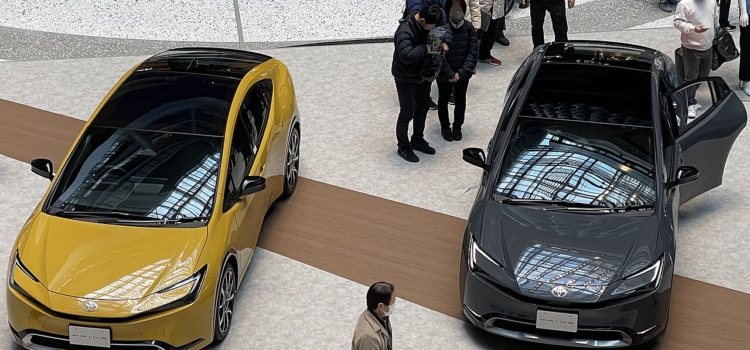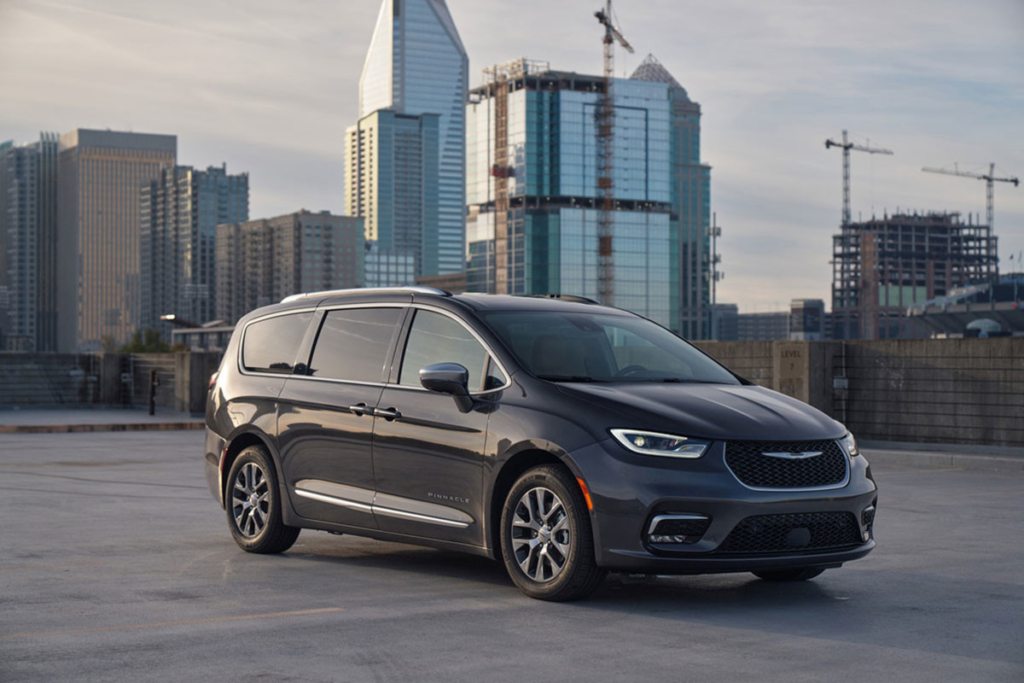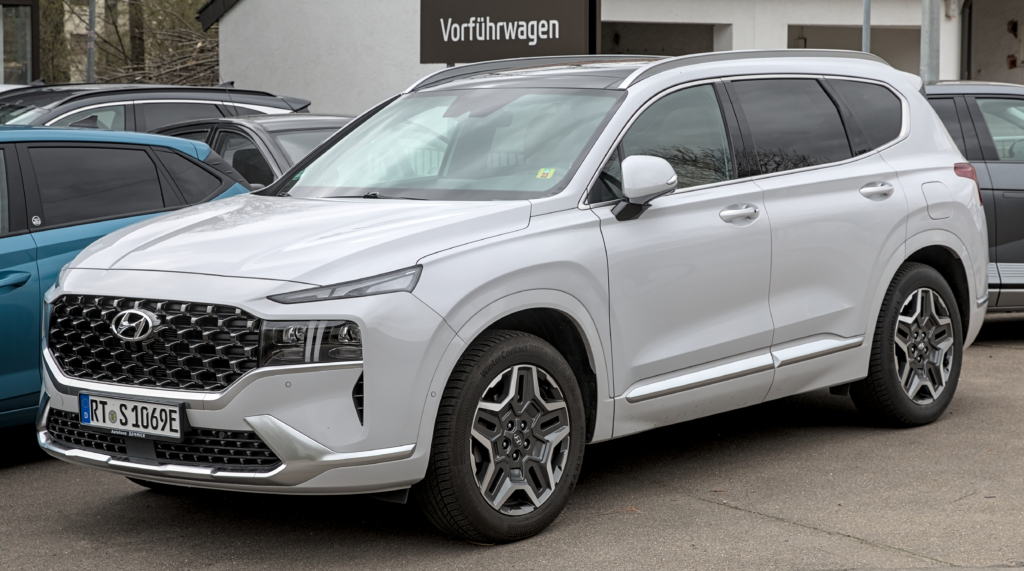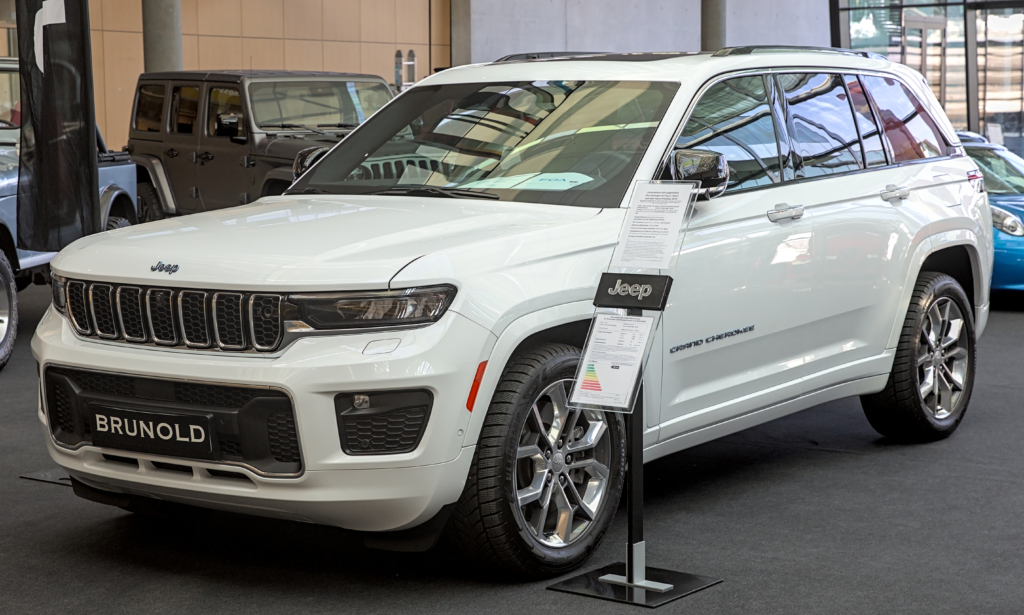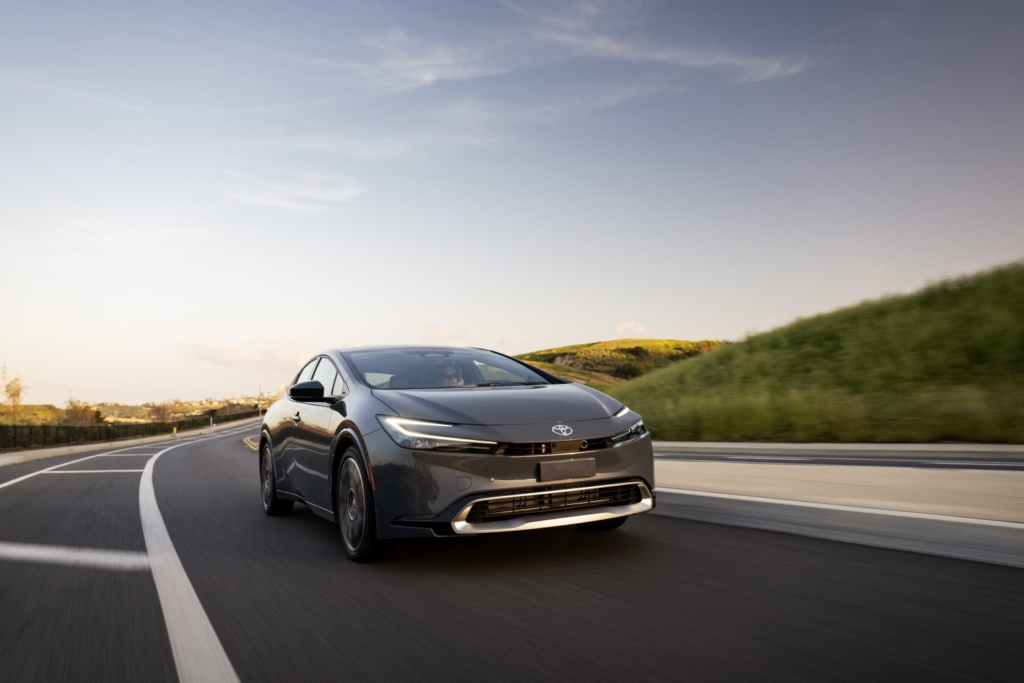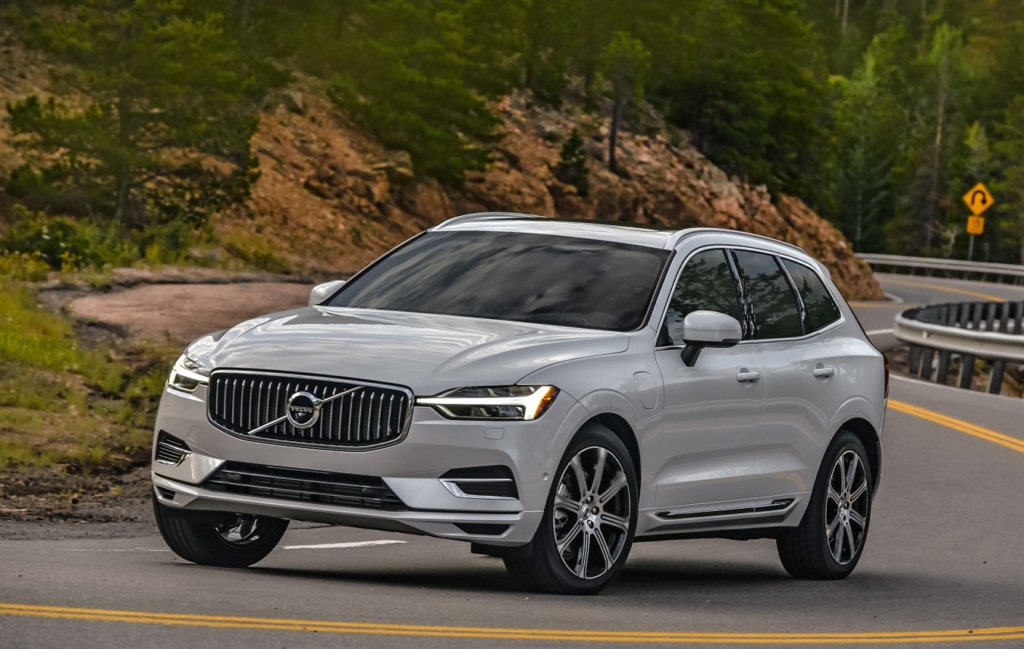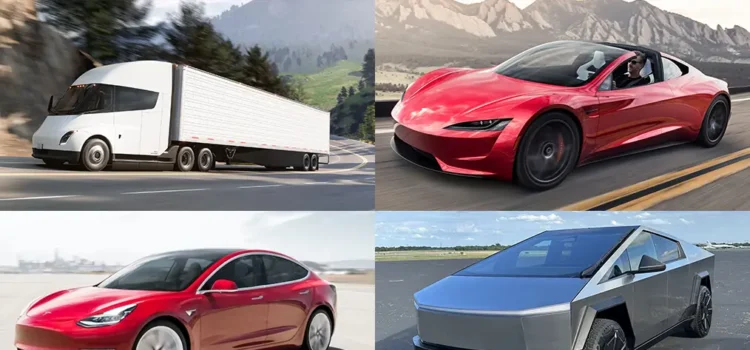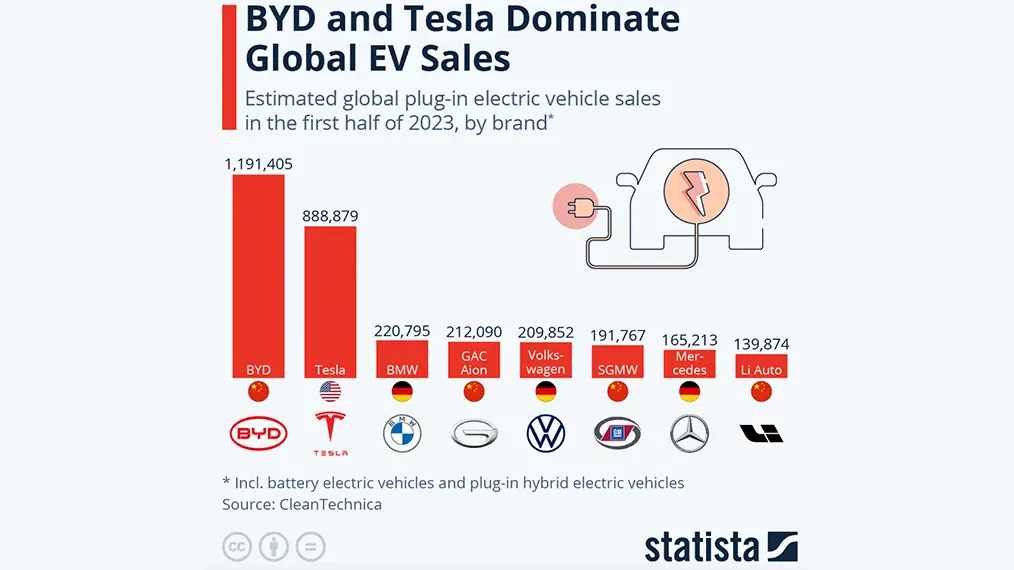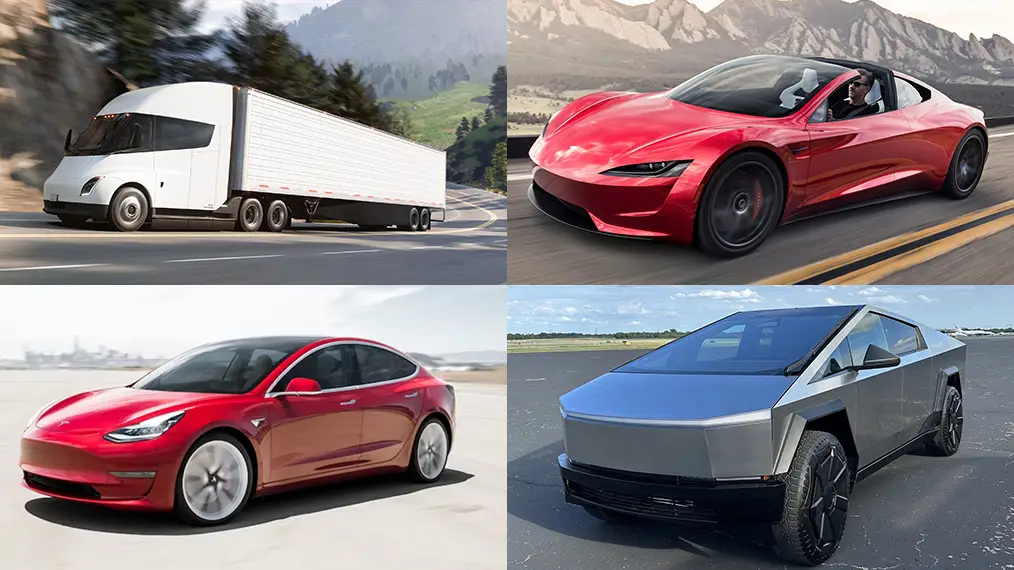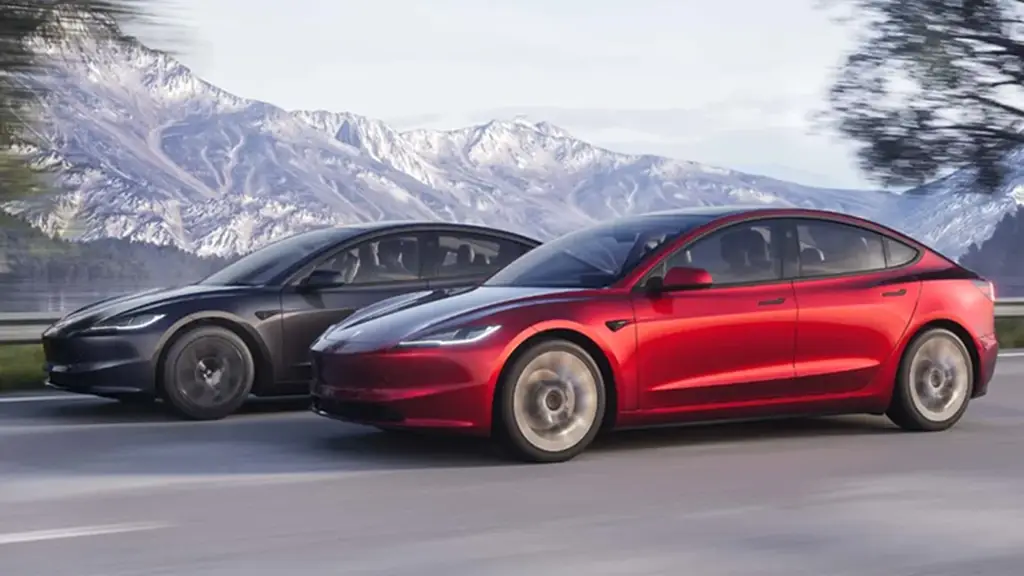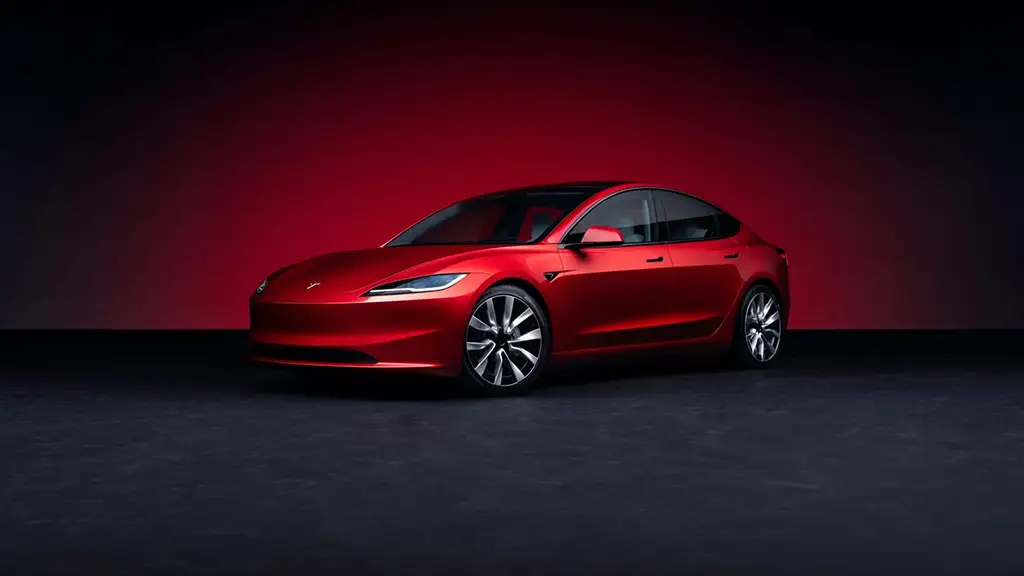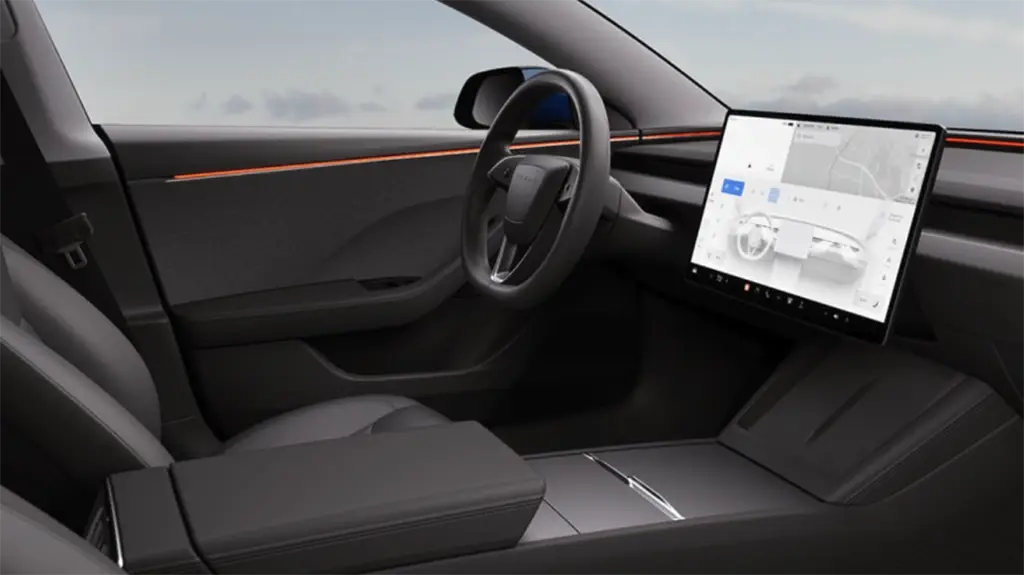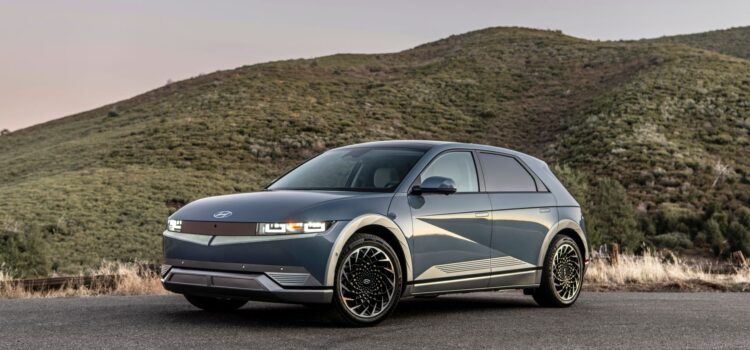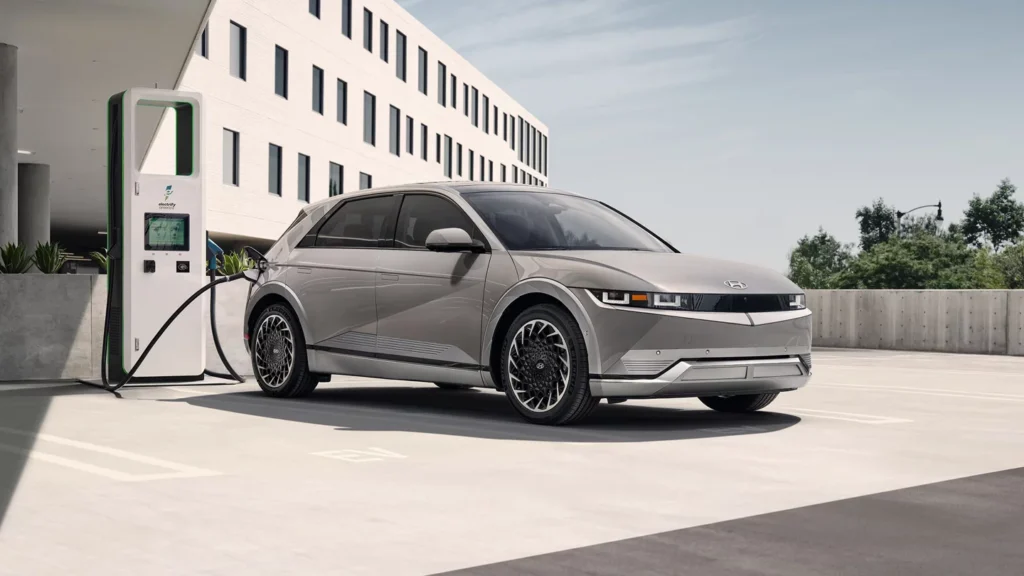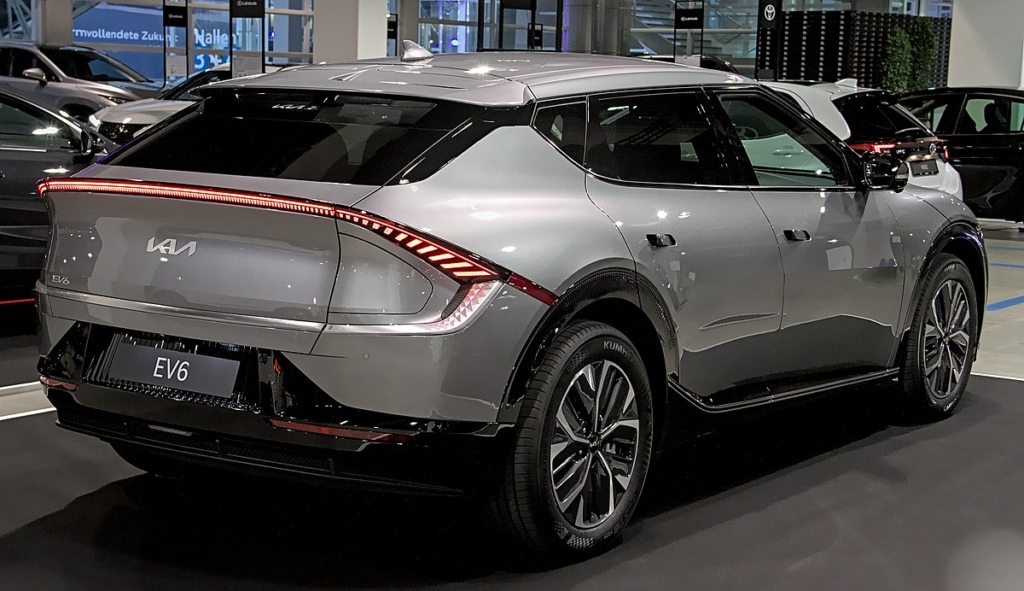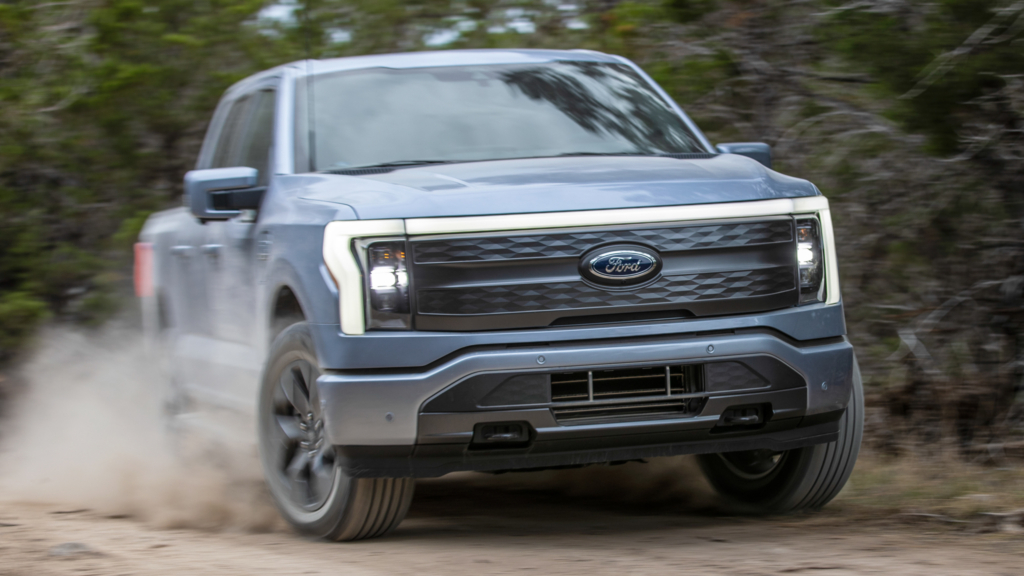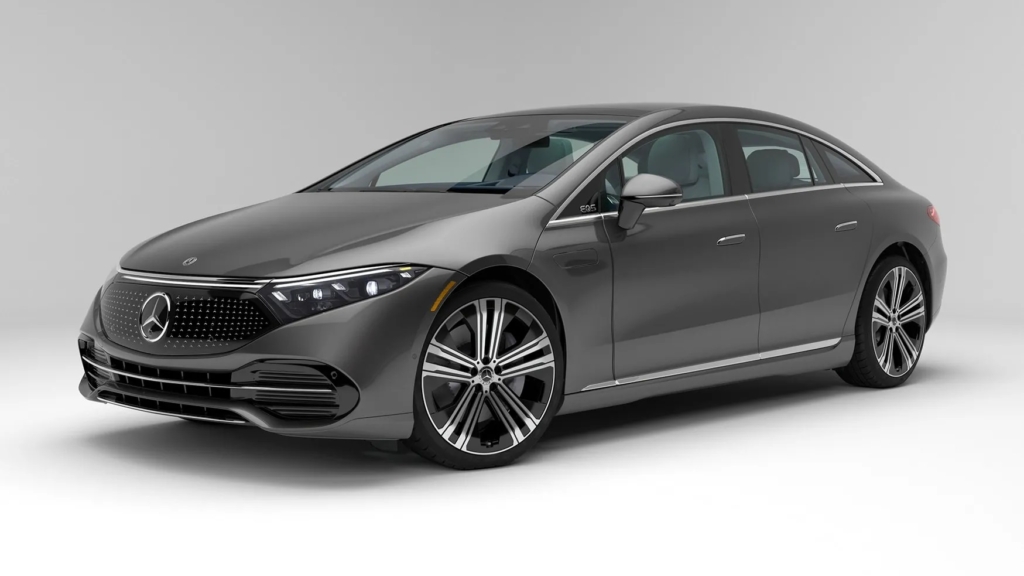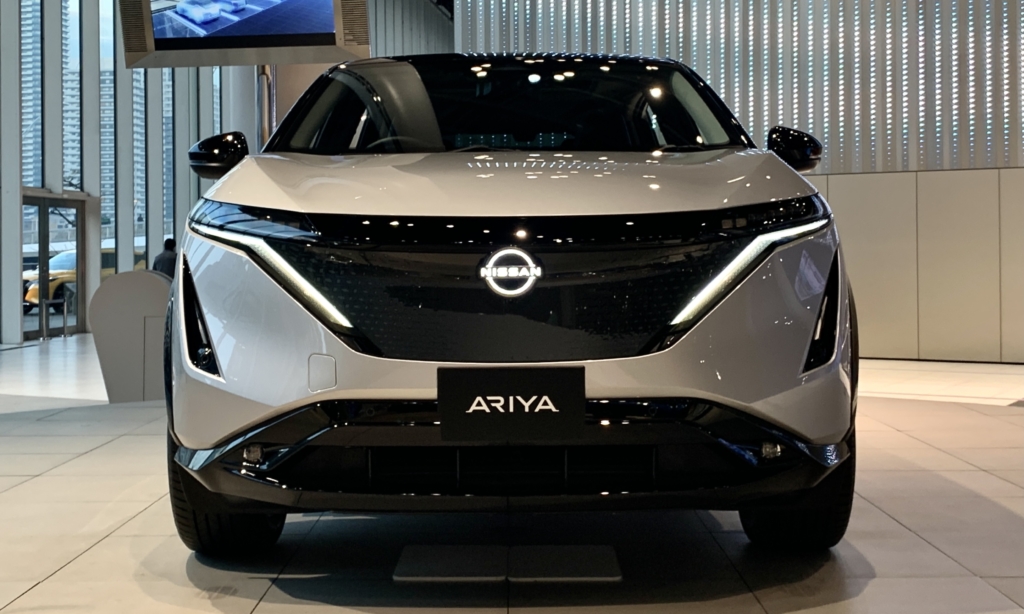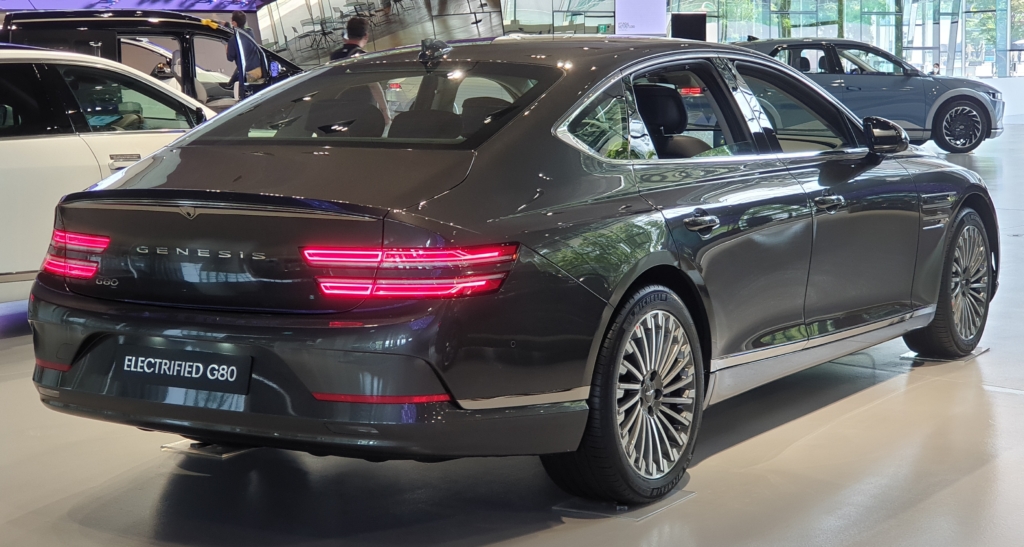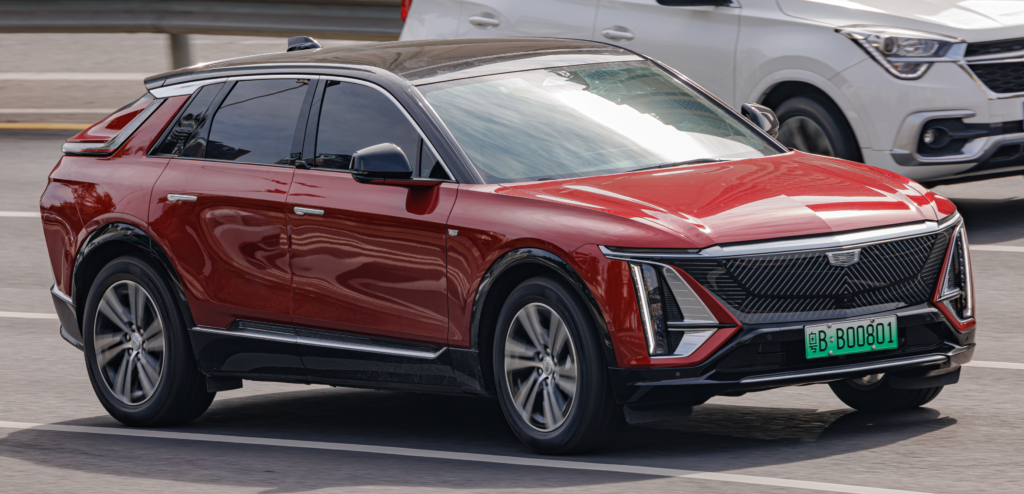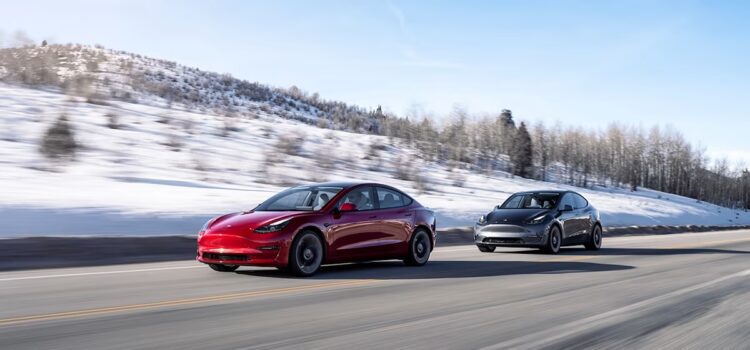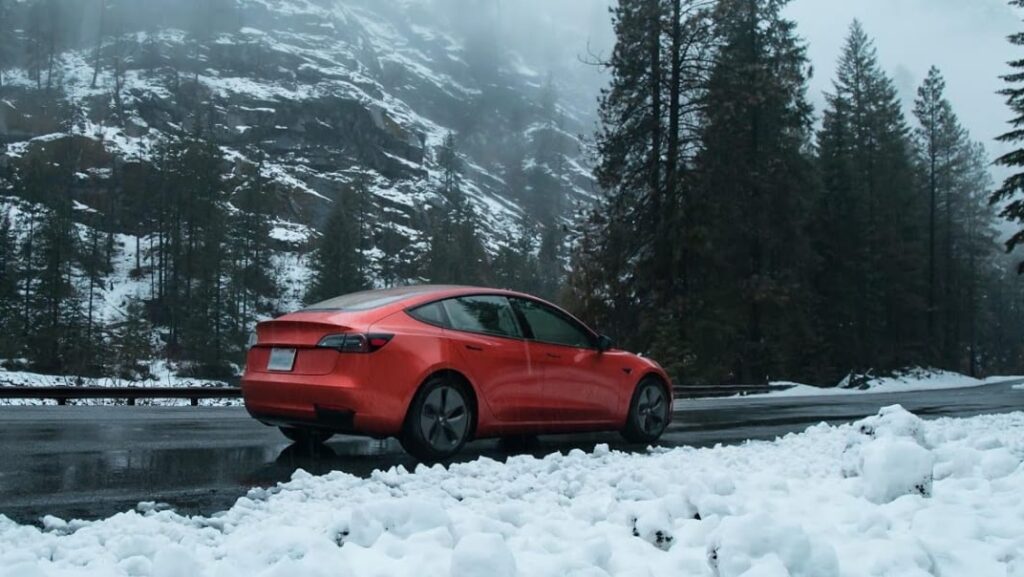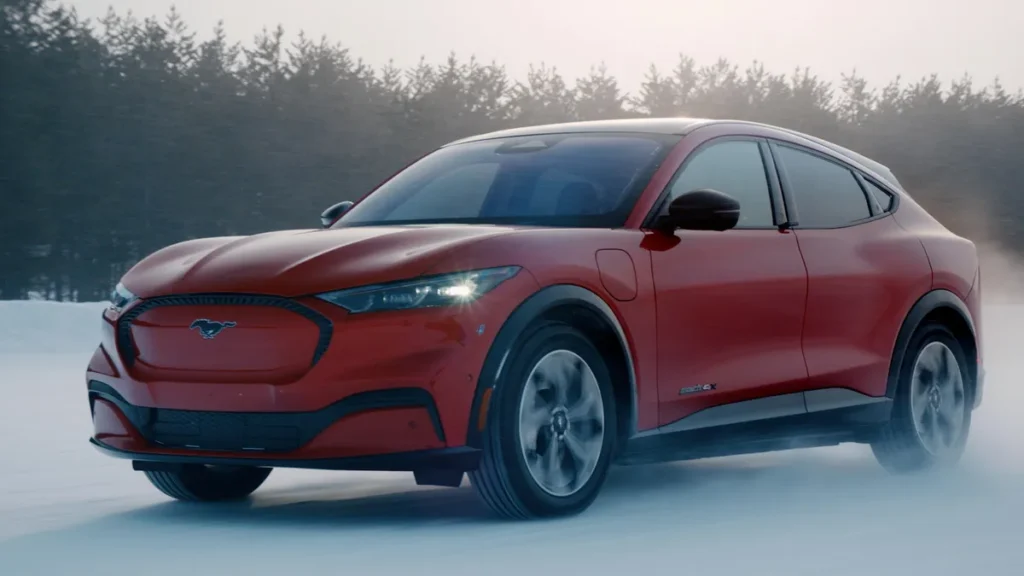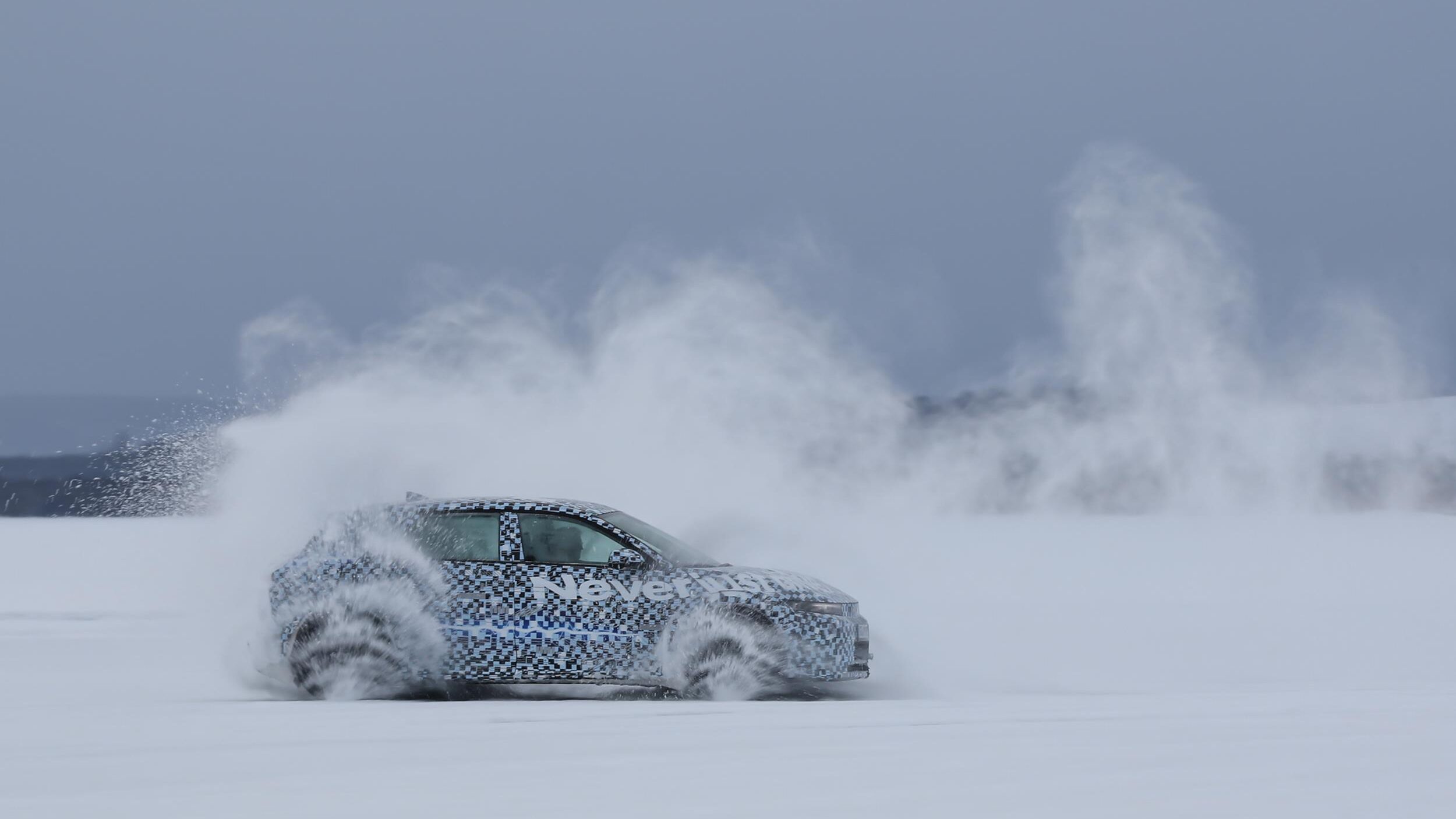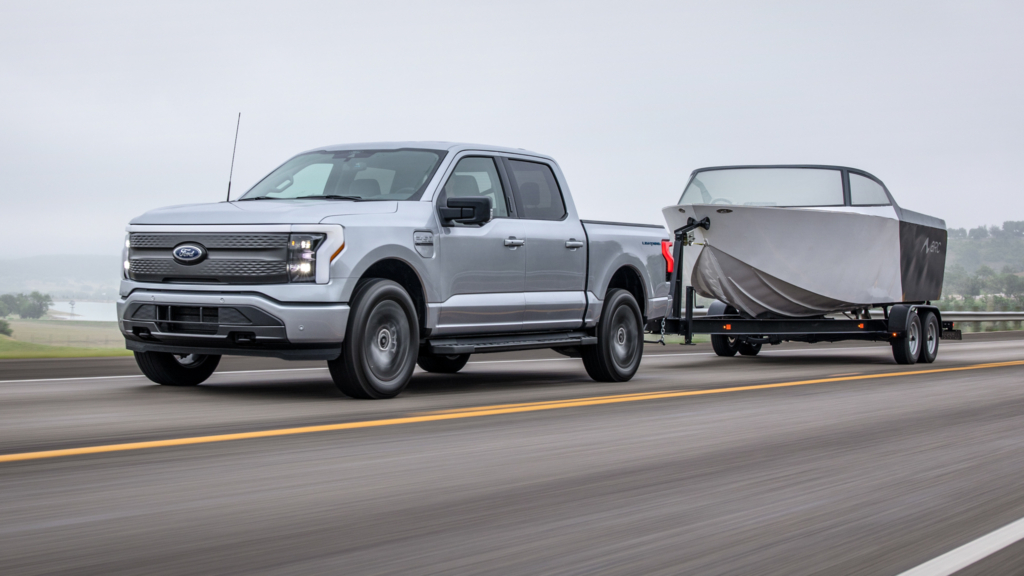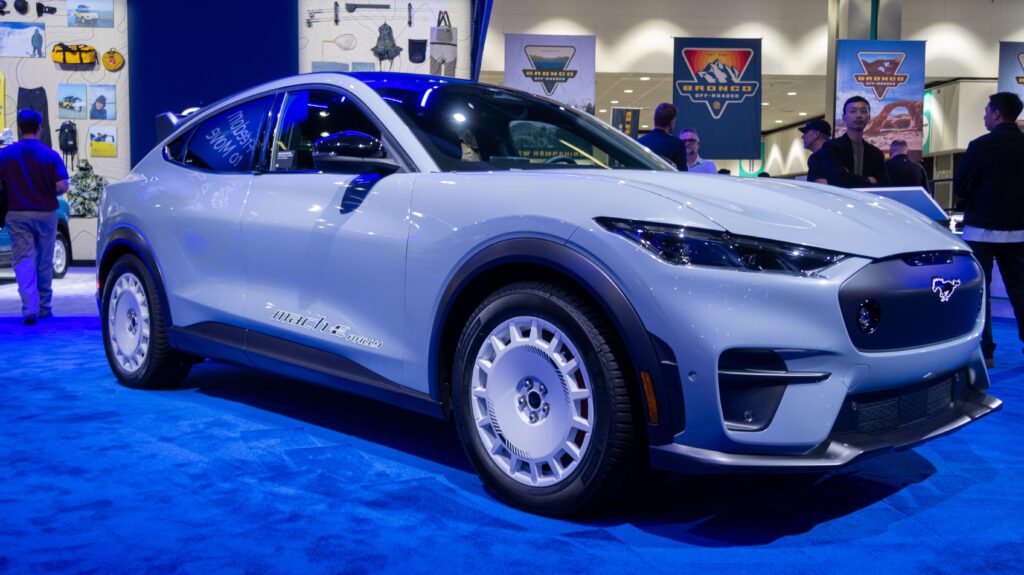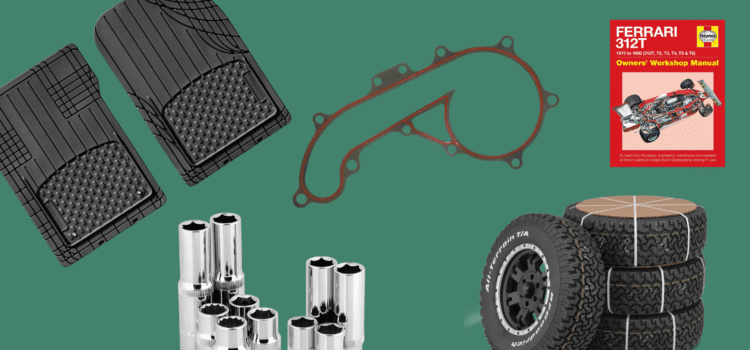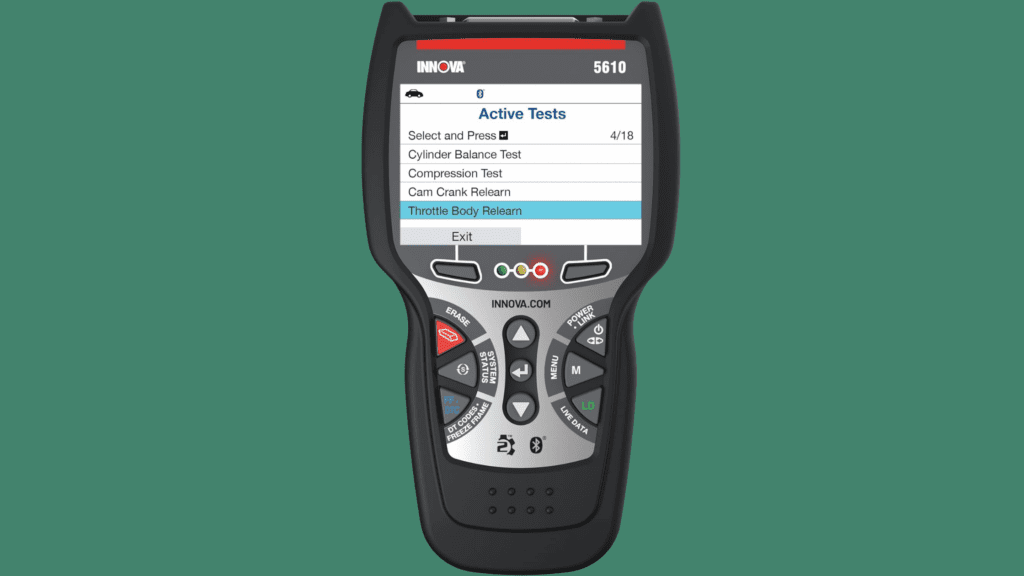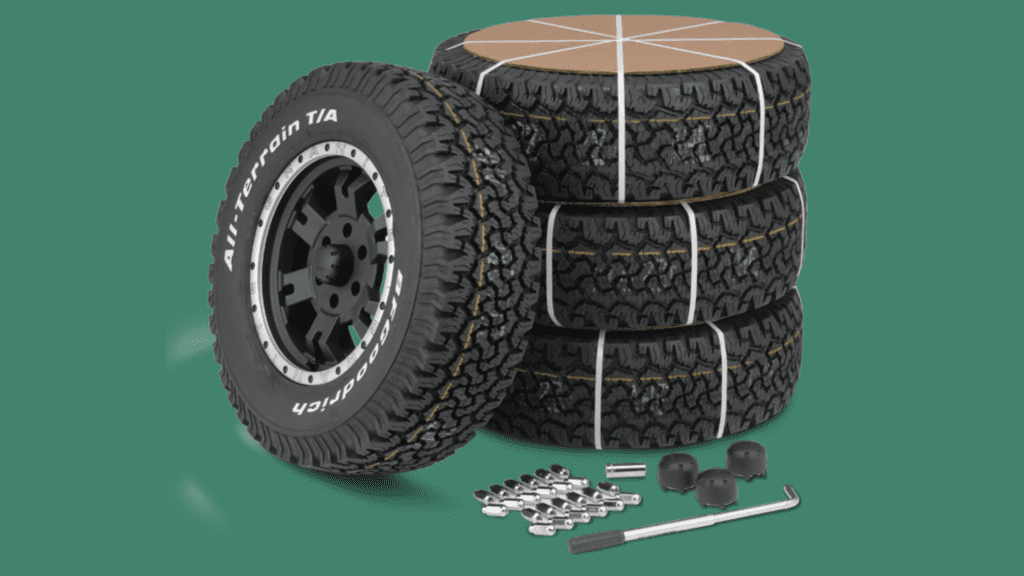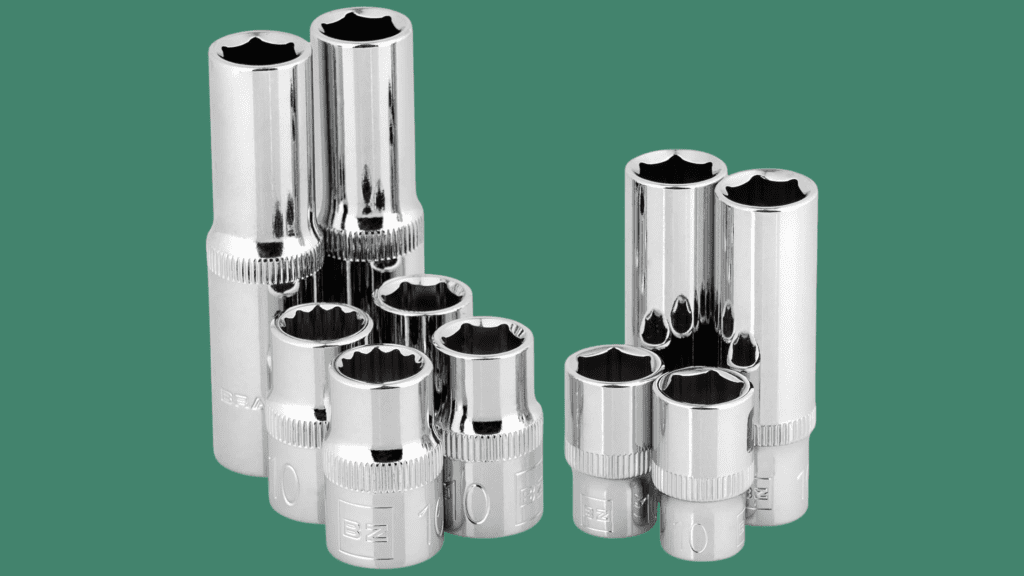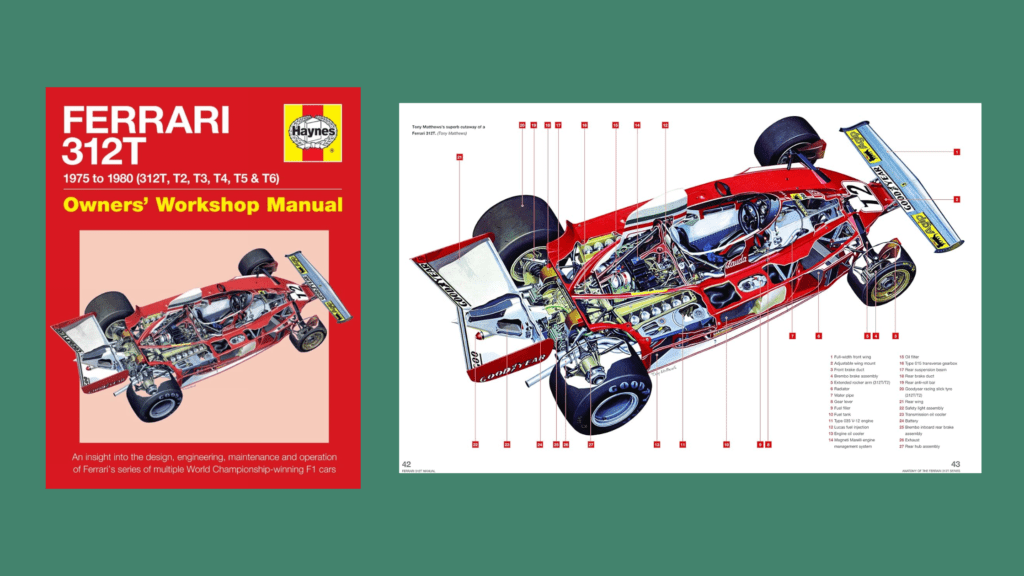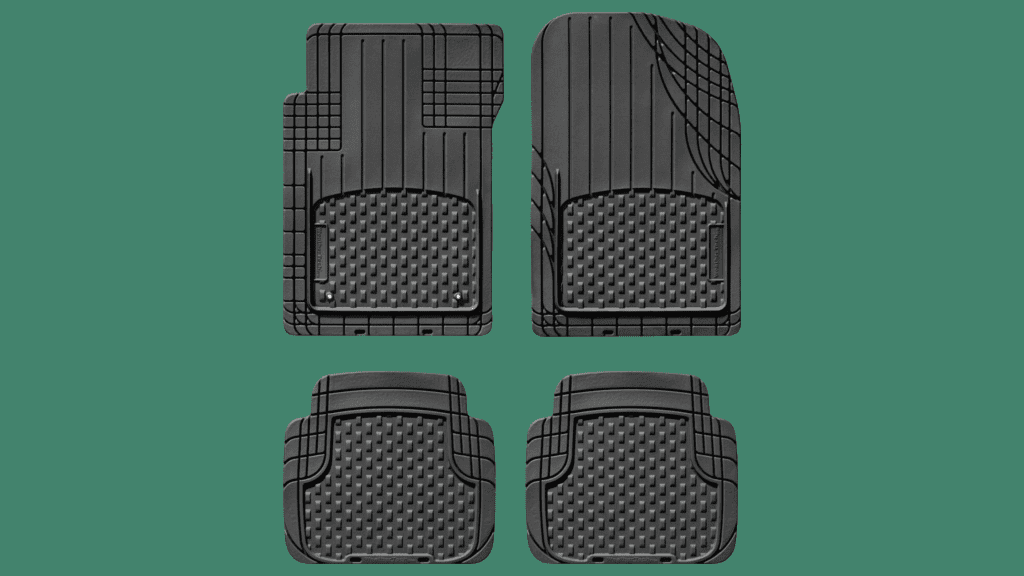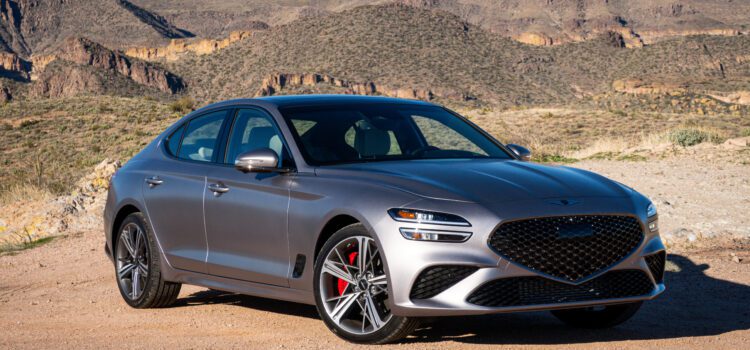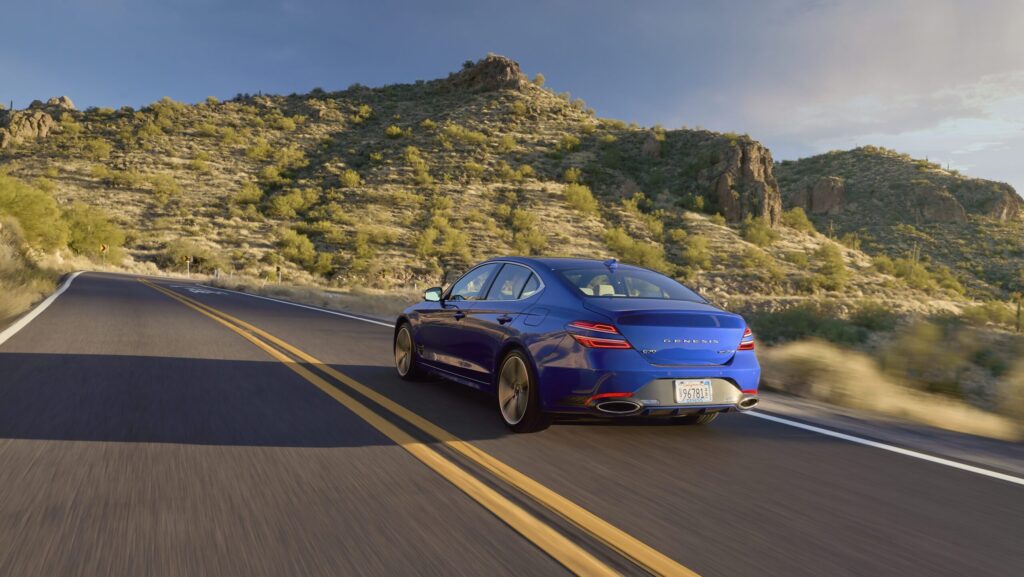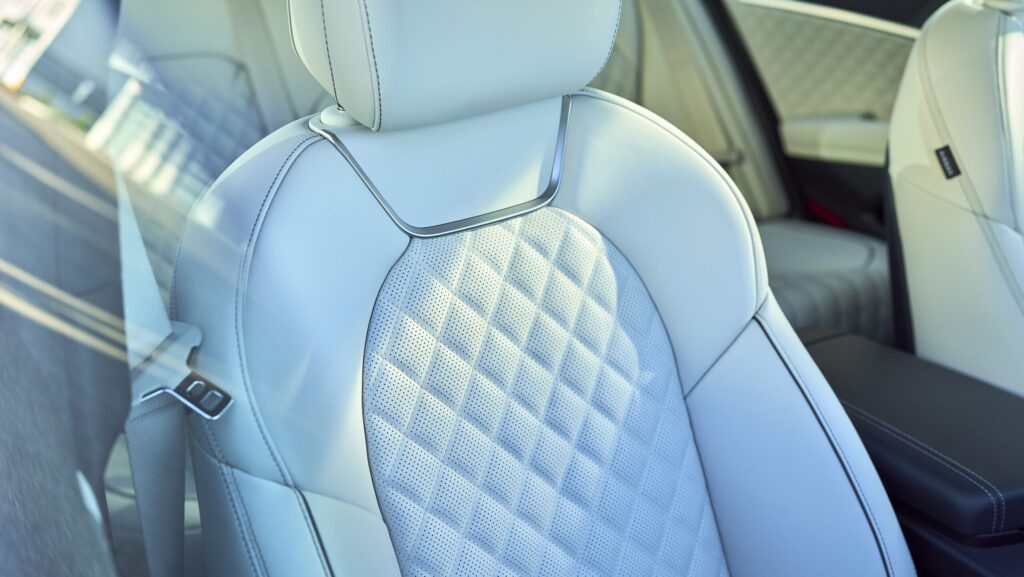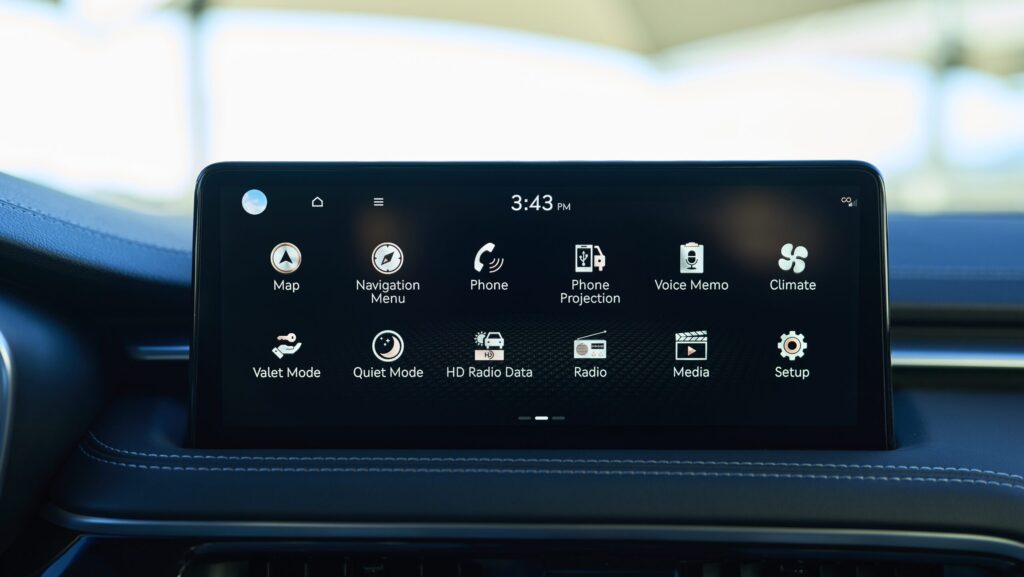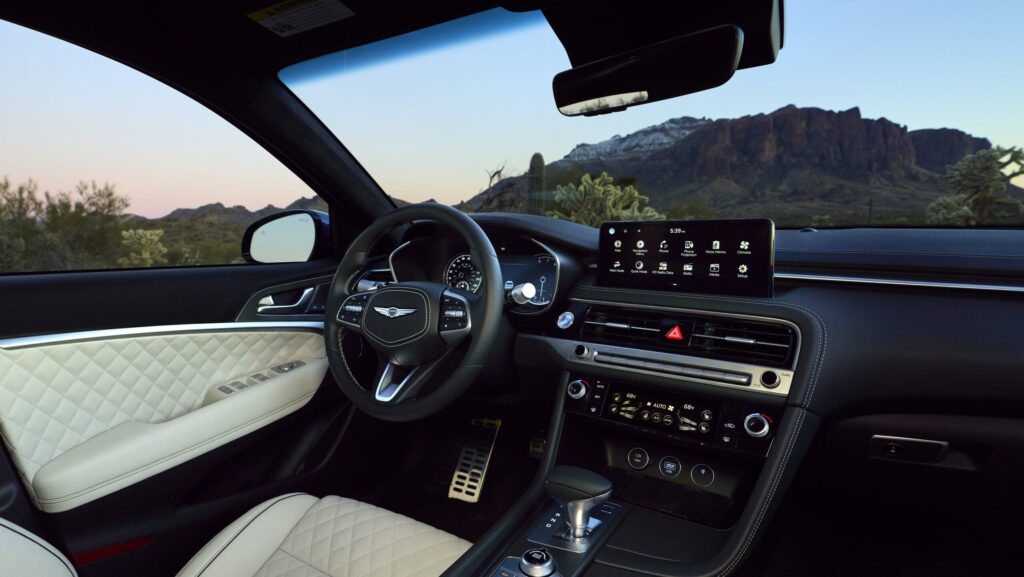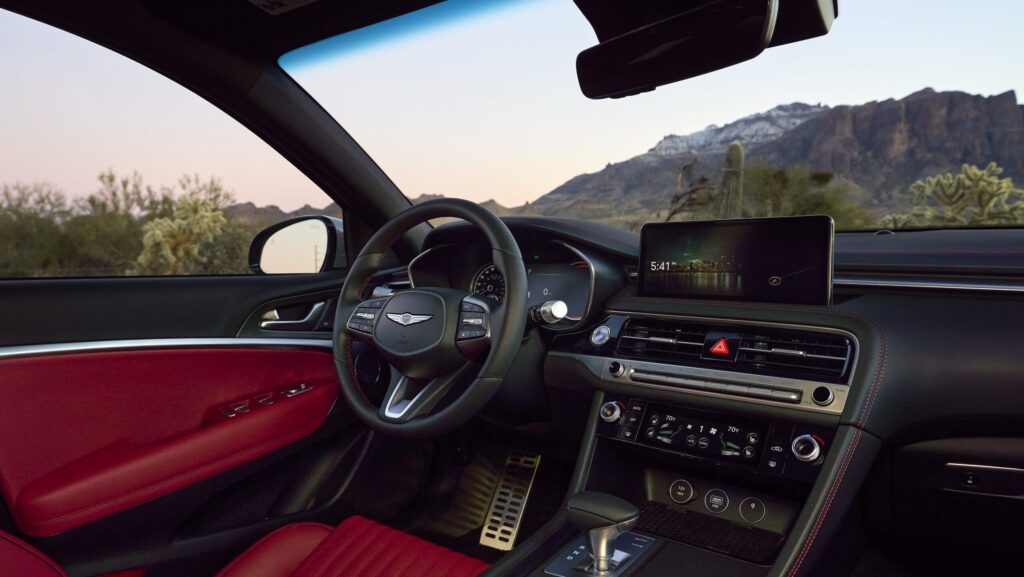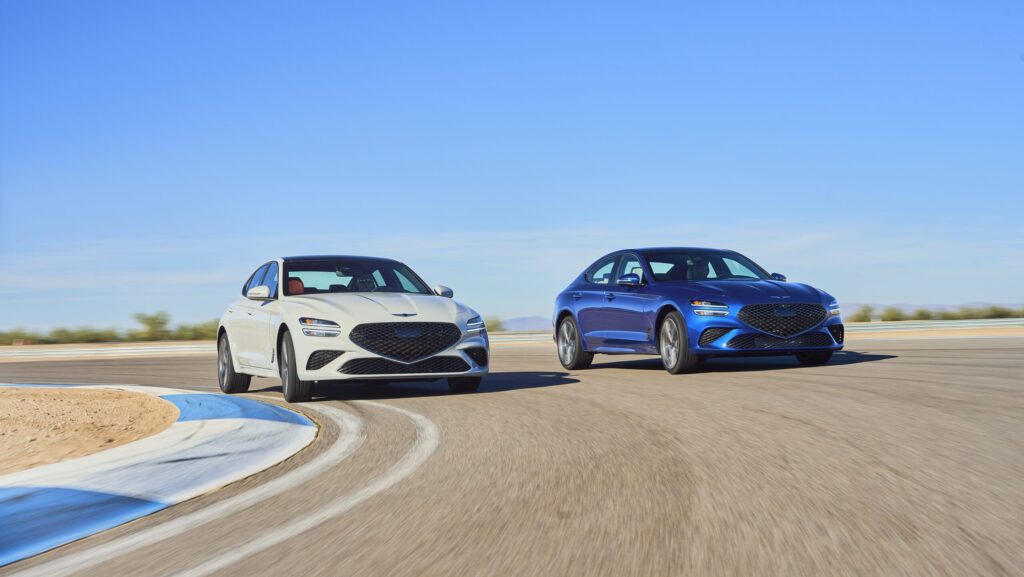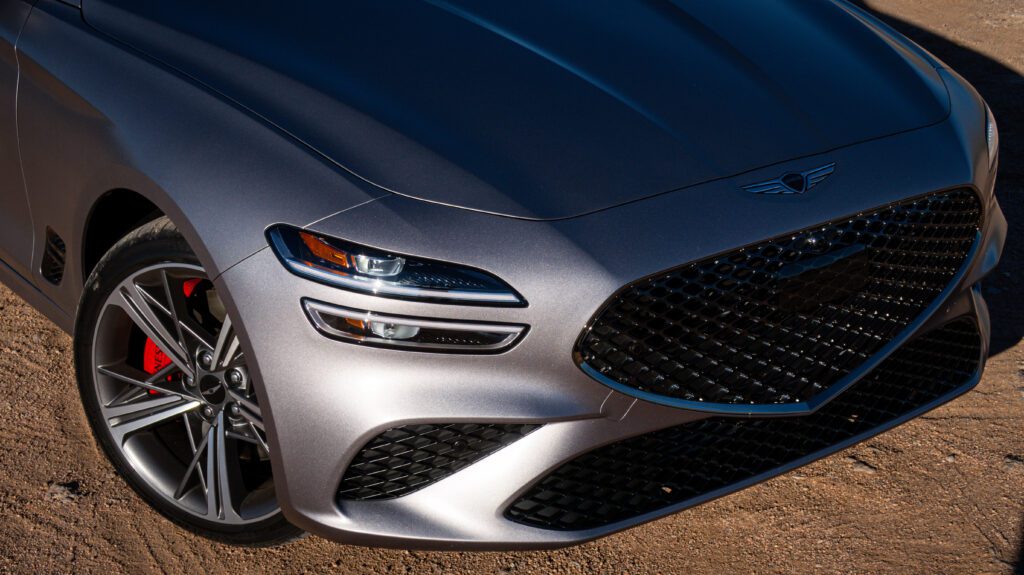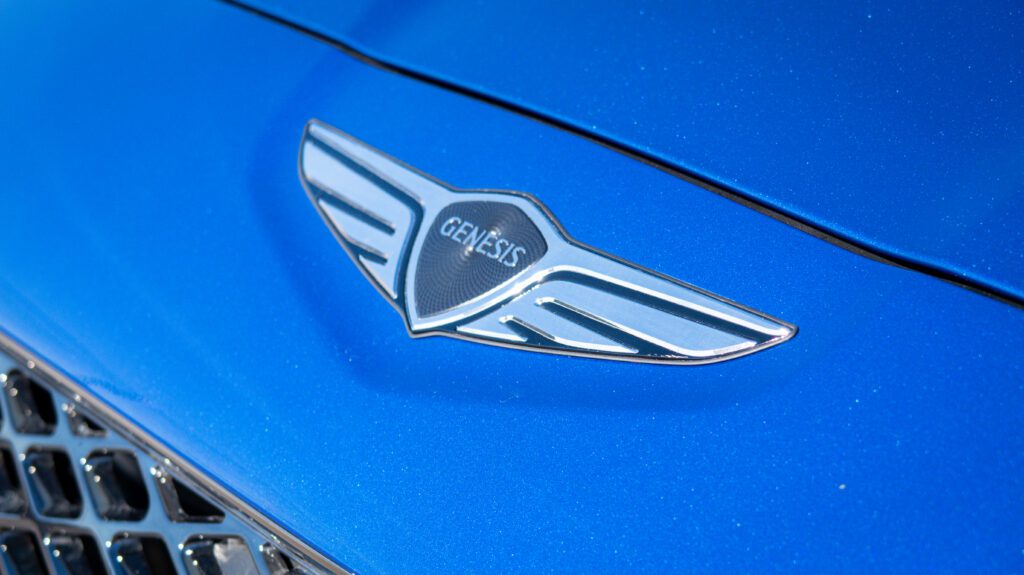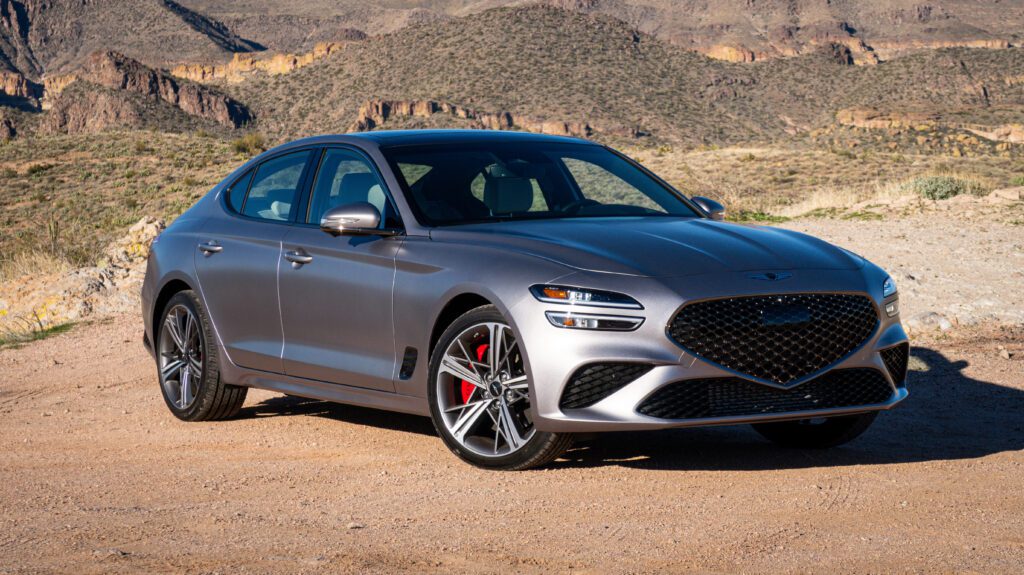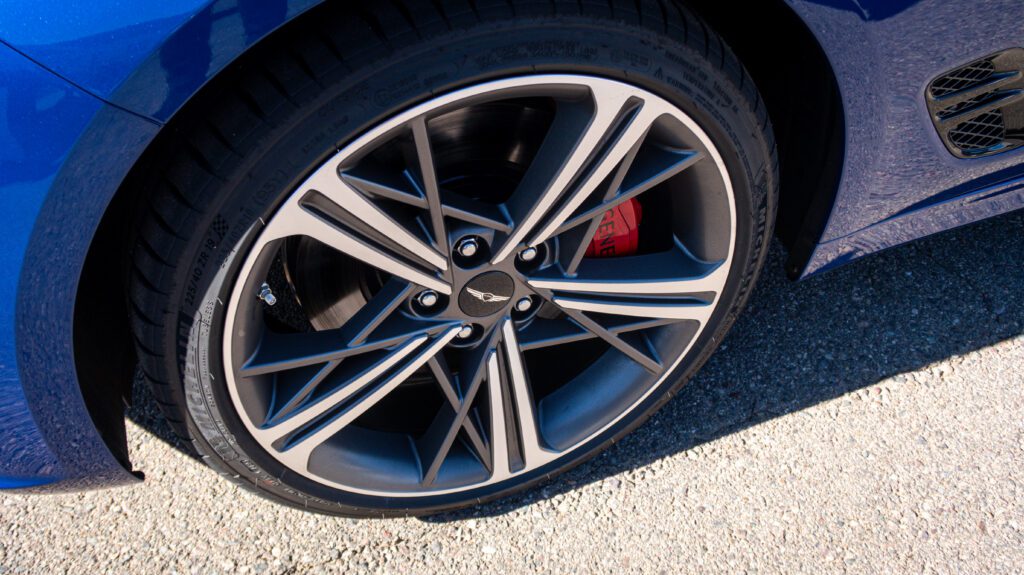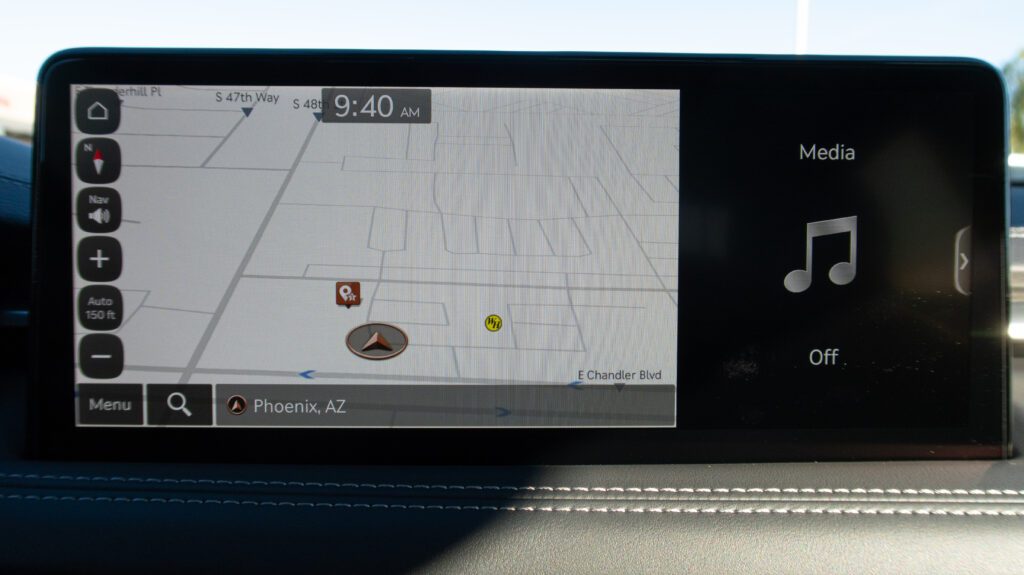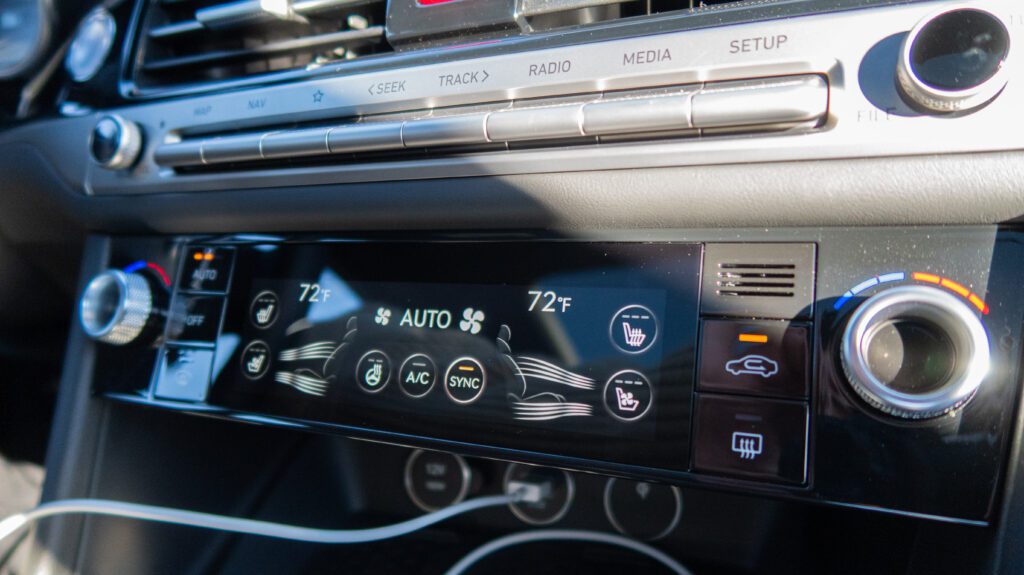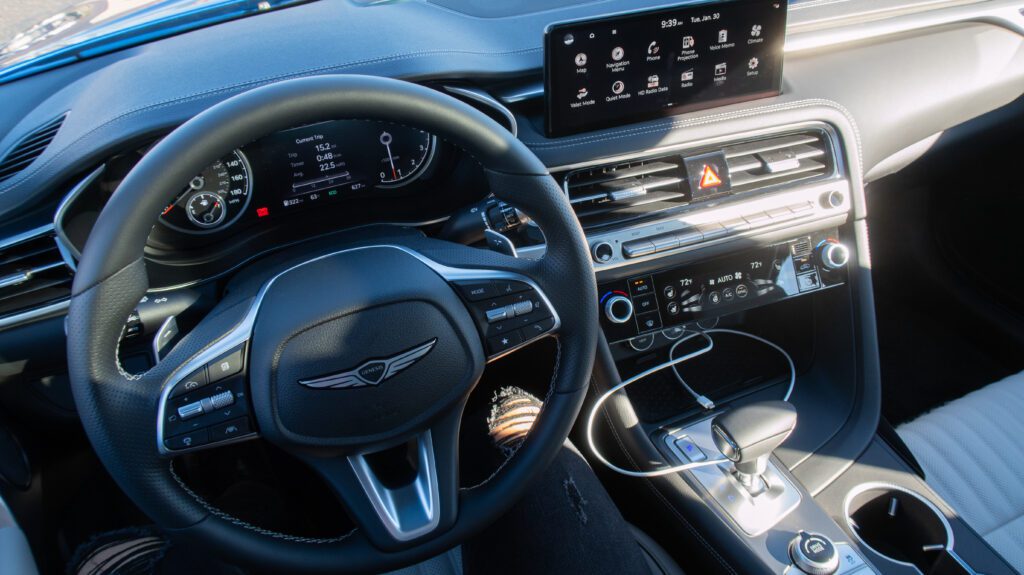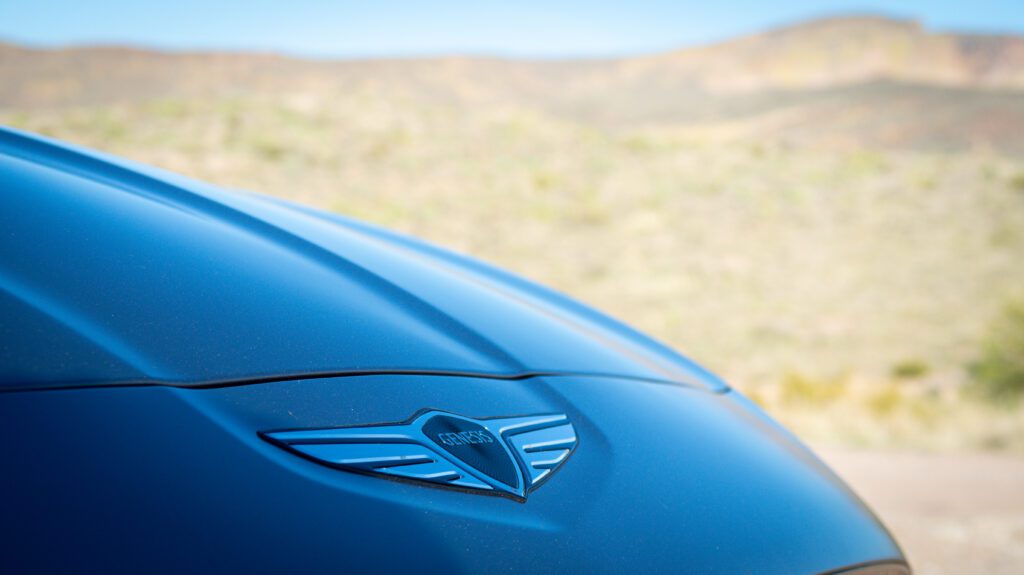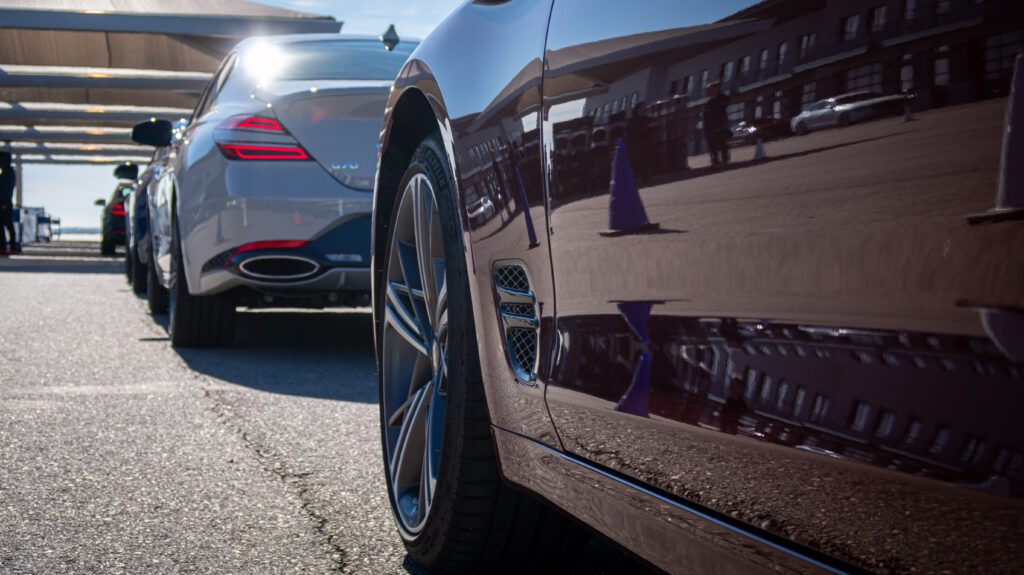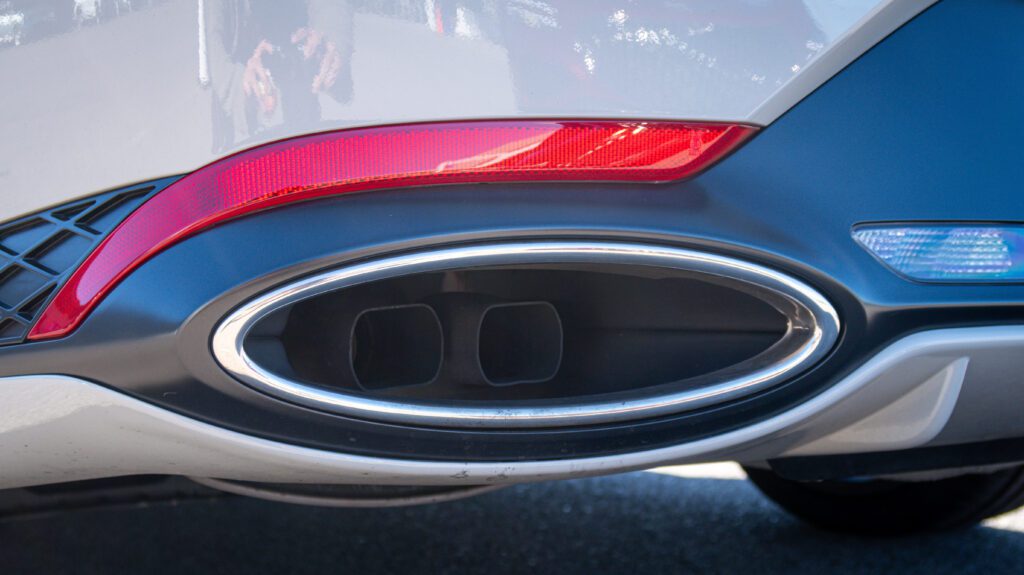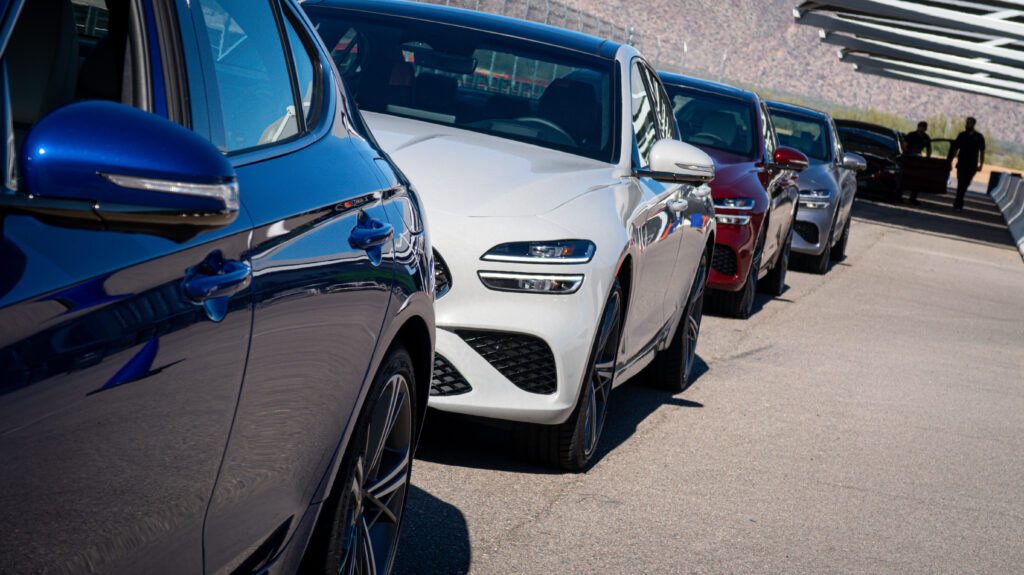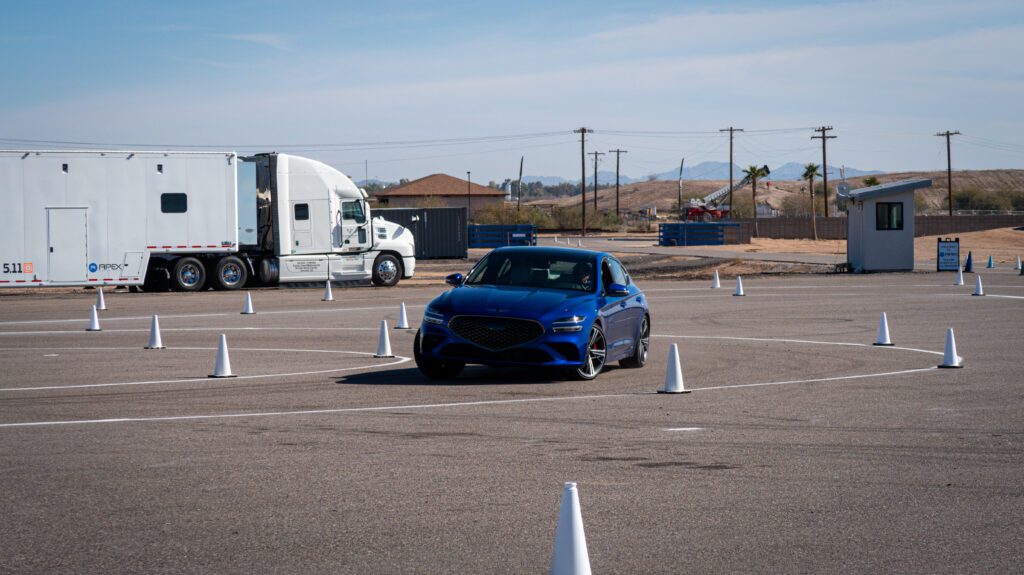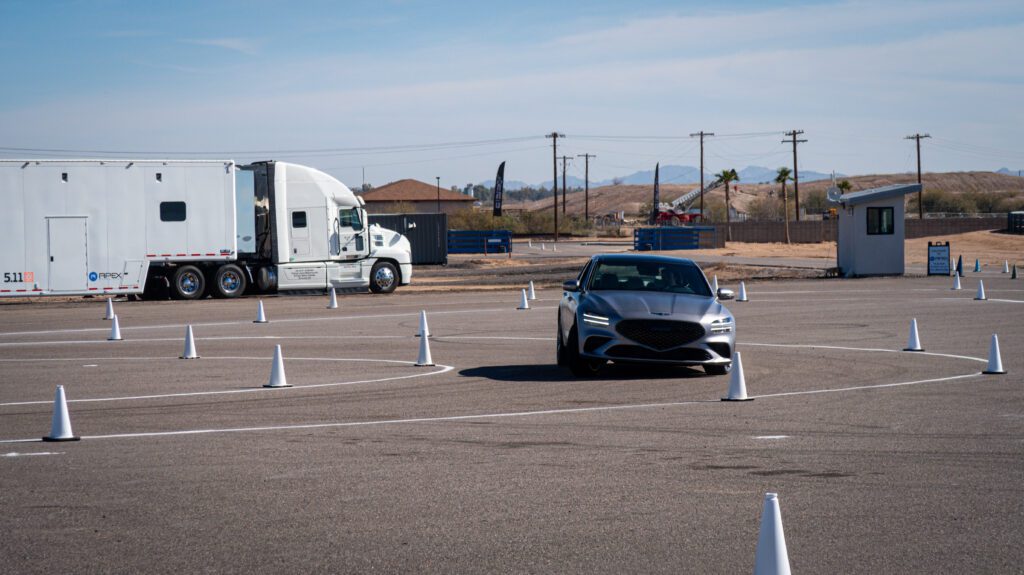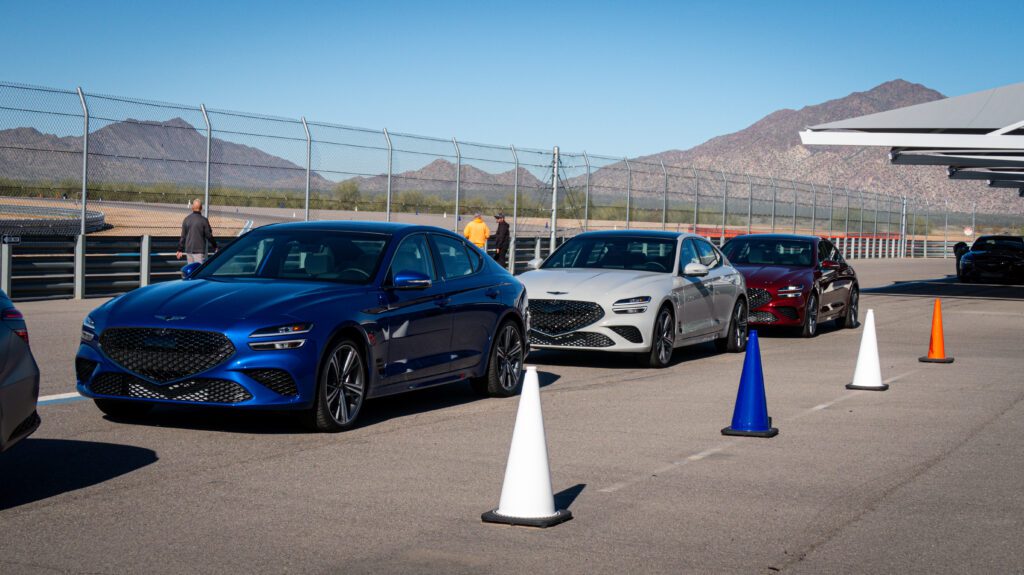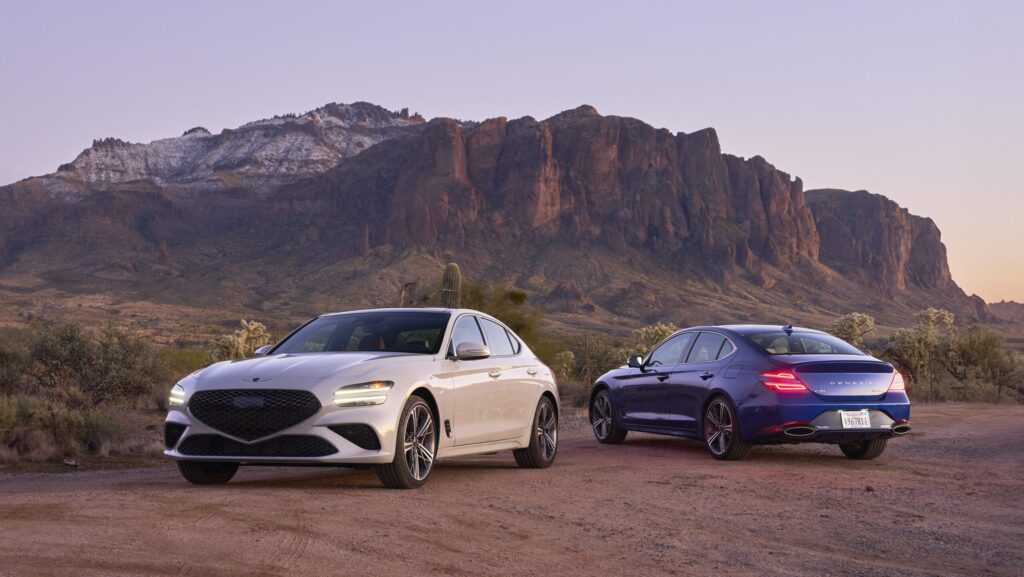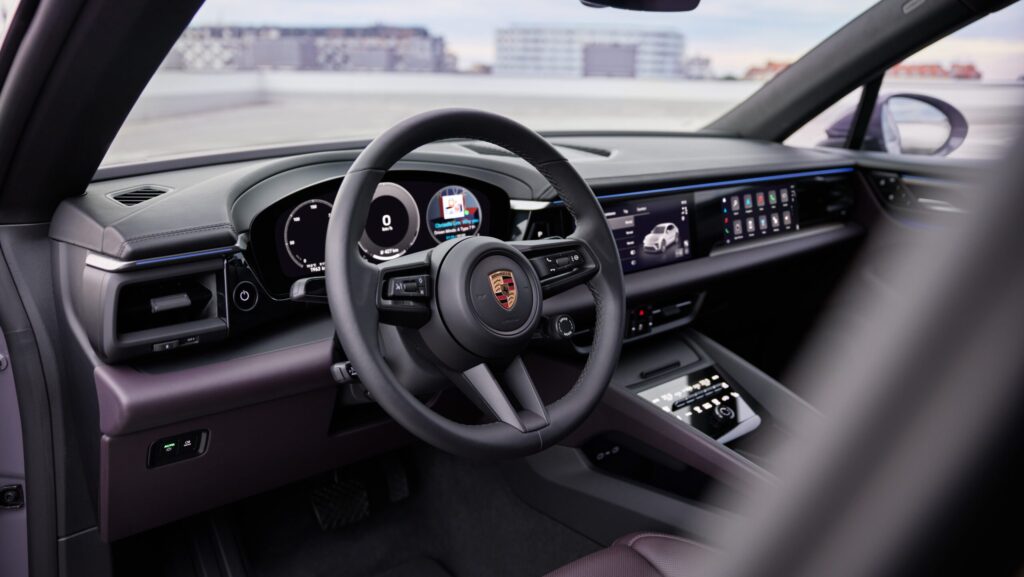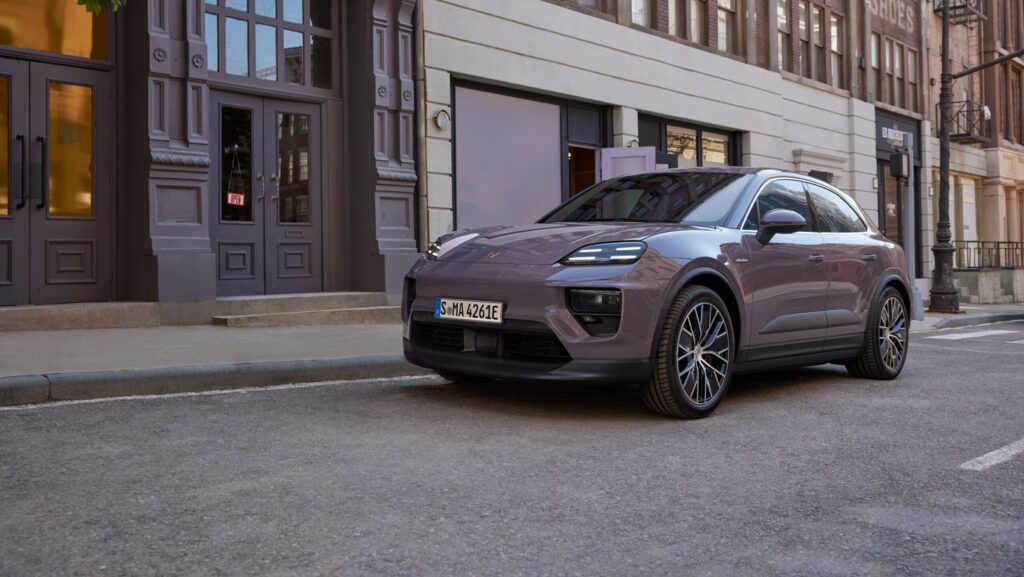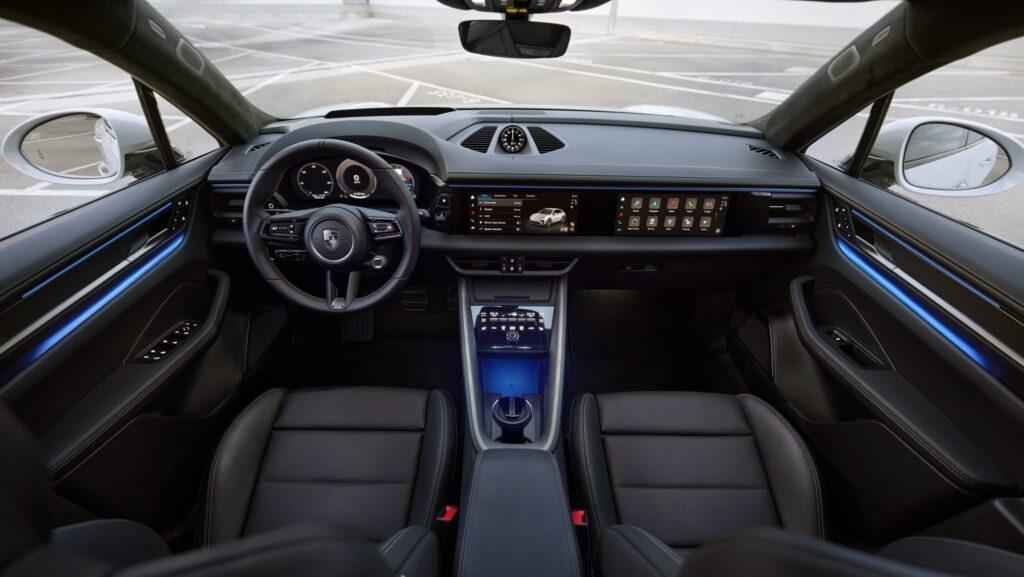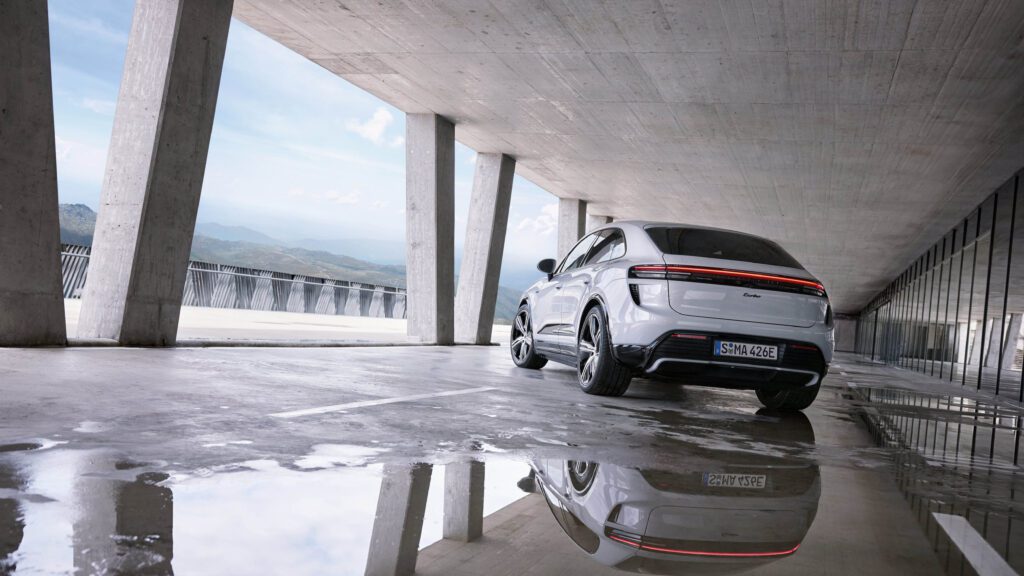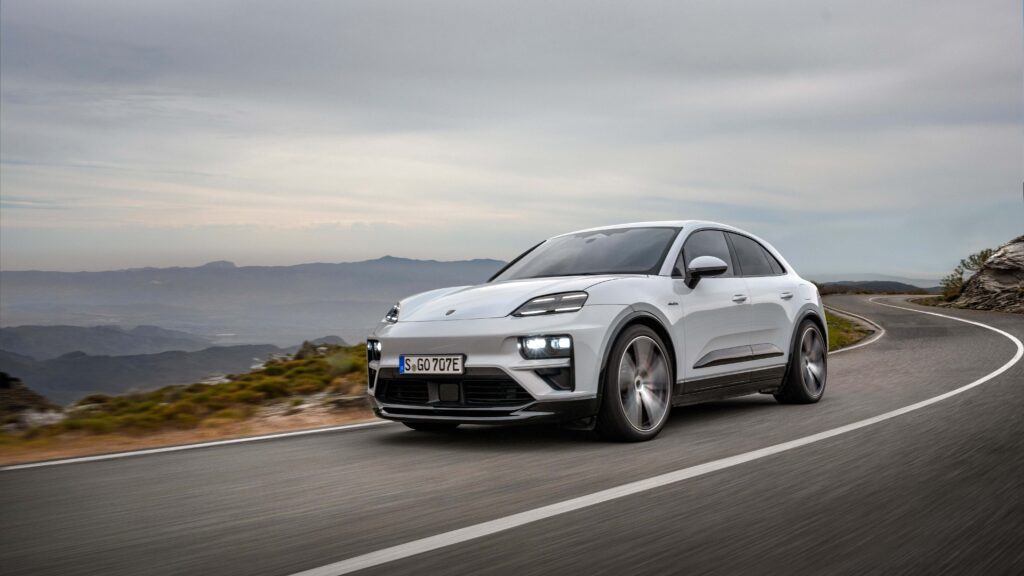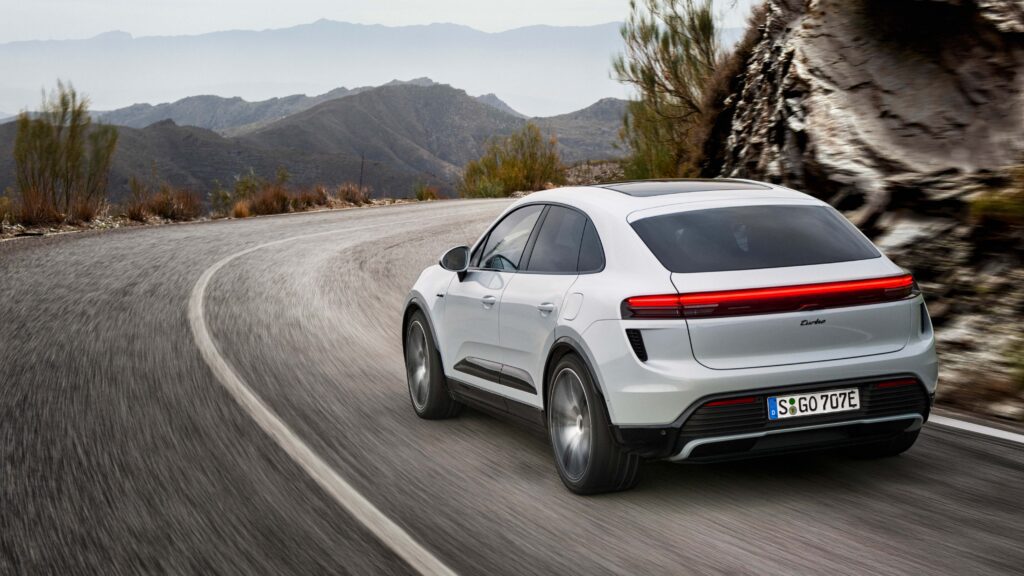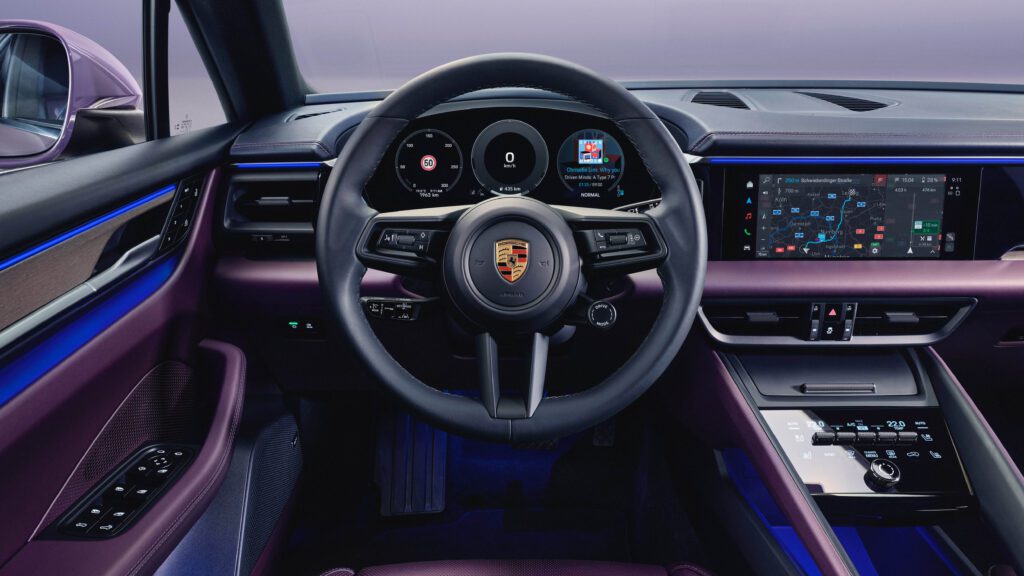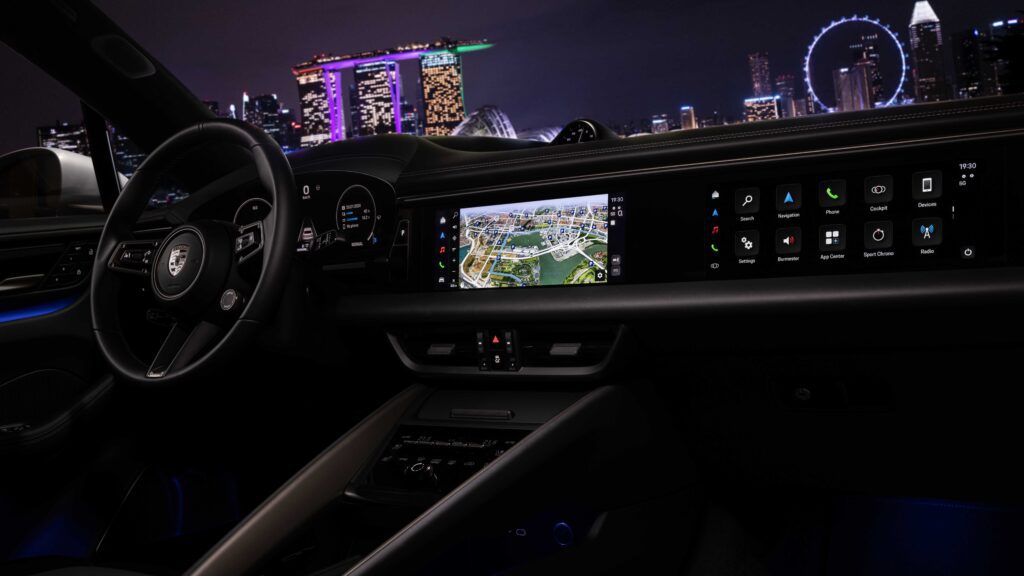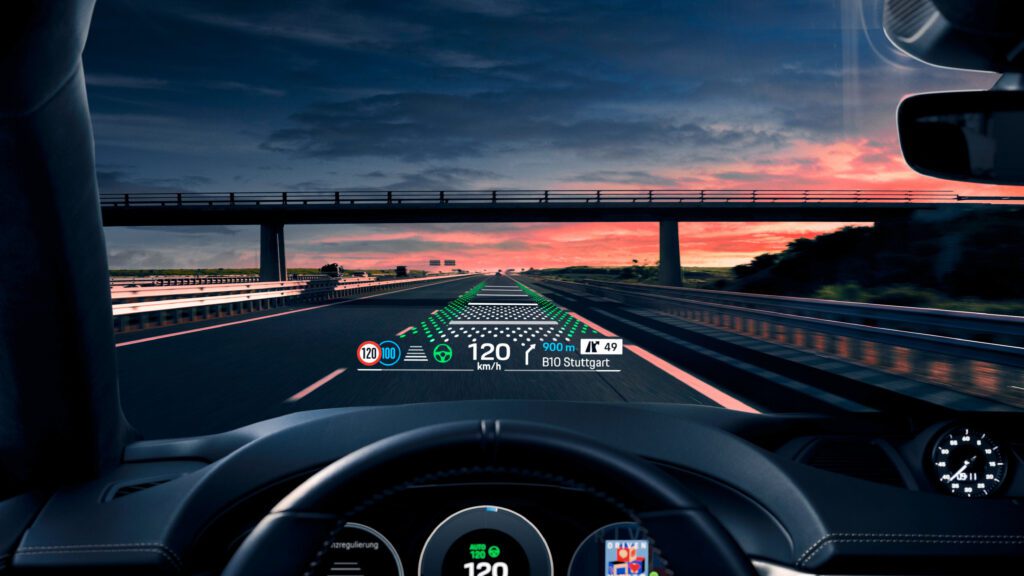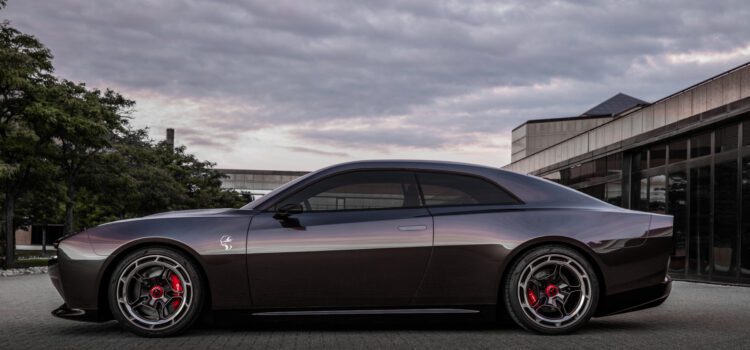Here are some great racing sim wheels to get your gaming setup rolling!
Hello, and welcome to our first community-curated buyer’s guide! This first one ain’t much, but it’s honest work. And we hope fellow consumers, enthusiasts, and gaming junkies can probably find something to love here. After all, you guys chose them. So thank you to our readers, social followers, and close friends who helped us piece this together with their insight. Now presenting (and in no particular order) our round-up of the best racing sim wheels according to you, the people!
Scroll on through, and happy shopping.
Moza R5 – for PC

What’s hot?
- Sleek design with swappable quick-disconnect wheel akin to real race cars
- Tough steel and aluminum construction vs commonplace plastic
- Customizable and configurable buttons
- Acclaimed direct drive and force feedback system
What’s not?
- PC only
- More expensive than Logitech offerings
Arguably the best thing on this list. And it’s not even the fanciest, schmanciest thing Moza sells. The R5 is touted as an excellent PC offering for those who fancy any sort of serious, tense racing, from iRacing to Forza Motorsport lobbies and even DiRT. The aluminum direct drive system and tunable force feedback of the R5 allow gamers to have as realistic and immersive an experience as possible without totally breaking the bank, although Moza’s systems aren’t that cheap, to begin with. But if you’ve got extra coin burning a hole in your pocket, we can’t argue with the most critically acclaimed item on this list. Shop around their store, and maybe you can find a quick-disconnect wheel in a cooler style you’d prefer.
[Button id=”436″]
Logitech G923 – for PC, Xbox, PlayStation
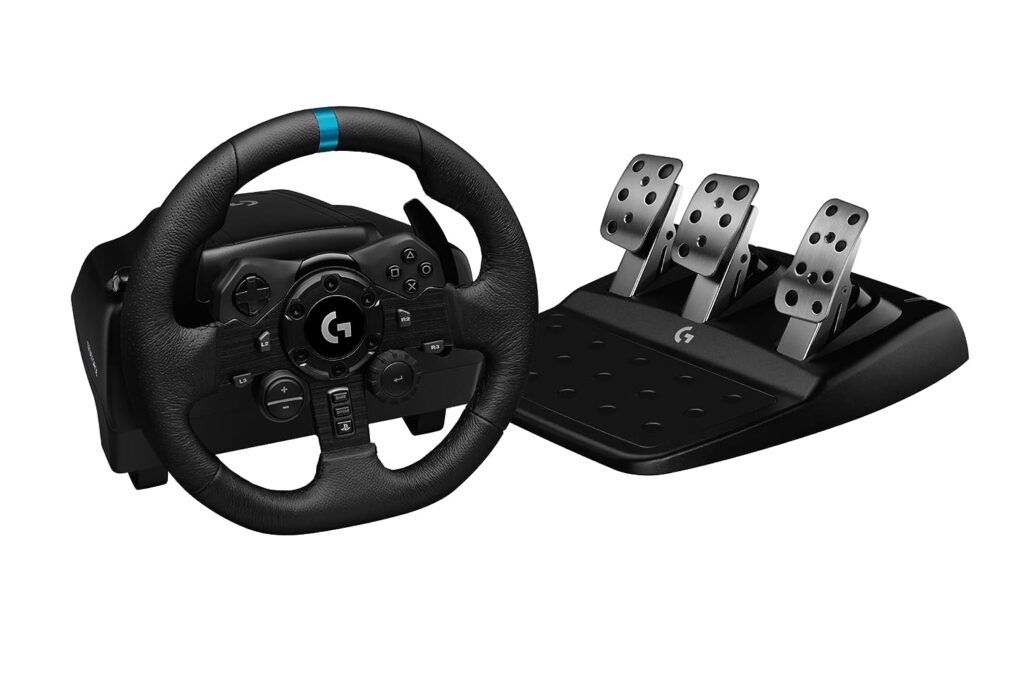
What’s hot?
- Choice of Playstation or Xbox configurations for this one model
- Amazon bundles for manual shifters and headsets
- Built-in launch control feature
- Strong value
What’s not?
- Logitech manual shifters feel very cheap and plasticky
- Very few but notable quality control and performance hiccups
Not a bad value for what’s ultimately an “intermediate” racing sim wheel. The G923 sits as a slightly more feature-ladden iteration for the common and popular Logitech wheel lineup, featuring fun tidbits like shift lights, launch control, and Logitech’s TRUEFORCE feedback system that can adjust steering wheel based on in-game surface, cornering load, and weather changes. It’s a hot pick that’s seemingly often sold out on Amazon, given its enticing shifter and headset bundles and the fact it can be had in Playstation or Xbox configurations, although there have been mild QA concerns, according to Amazon shoppers.
[Button id=”435″]
Logitech G920 – for PC, Xbox
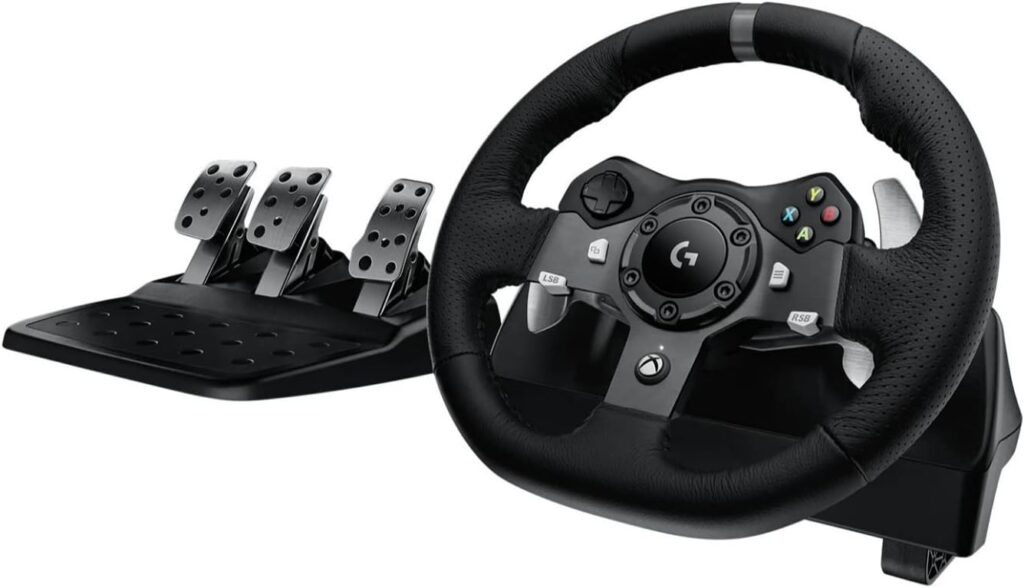
What’s hot?
- Stellar price point
- Logically-laid out buttons
- Helical gears reduce vibration, backlash, and noise.
- Dual-motor force feedback provides commendable steering feel
What’s not?
- Awkward pedal spacing for big feet
- Bargain bin price means fairly basic build quality and mounting
The G920 and its PlayStation-oriented G29 twin are Logitech’s bread-and-butter go-tos for budget pros and casual gamers alike. Its compact, plasticky construction, while it may look quite cheap at first, keeps costs down to a stellar price point and makes it easy to mount to nearly any setup. A dual-motor, helical-gear system reportedly provides surprisingly decent steering feel over a variety of in-game traction conditions and with minimal backlash or noise, making it my friends’ choice for many games, from Assetto Corsa and Forza Motorsports to Forza Horizon and BeamNG.drive. Just mind the tight pedal spacing if you’re a big fella’.
[Button id=”434″]
Logitech G29 – for PC, PlayStation

What’s hot?
- Great starting price
- Logically-arranged buttons for PlayStation
- Vivid contrast with red and blue accents
- Same helical gears and dual-motor setup as G920
What’s not?
- Same pedal spacing issues as G920
- Same cheap feel for some parts of its construction
Gran Turismo fans, enter the G920’s PlayStation counterpart. Not much differentiates the two other than one being optimized for Xbox and the other for PlayStation. Both sport roughly the same features, roughly the same design, and just about the same price point, not accounting for any ongoing Amazon deals. Like the G920, it rocks an F1-like two-and-a-half turns from lock to lock, paddle shifters, and the ability to accept Logitech’s chintzy yet effective manual shifter add-on. Again, not the the fanciest thing on this list, but it’s an excellent do-it-all bargain. As one reader put it best, “A Logitech will suit your purposes just fine and provide a fun, engaging experience without being overwhelming.”
[Button id=”433″]
Thrustmaster TS-XW – for PC, Xbox

What’s hot?
- Superbly accurate steering rack with great feedback
- Swappable wheels like some higher-end brands
- Trick cooling system for belt drive for prolonged racing sessions
- Compatible with all Thrustmaster add-ons, including gated shifters
What’s not?
- Steep price tag encroaches on entry-level direct drive wheels
- Optimized for Xbox and may need modification for PC
Careful, Icarus. Flying awfully close to the direct-drive sun, I see. But I guess it’s not a bad place to be when the wheel is this damn good, and it better be for that hefty price! A dual-belt system raises questions over why there is no gear or direct drive, but the community has spoken and frequently sings its praises for strong force feedback and top-notch steering feel. Like the Moza sim wheels, there’s also the ability to swap quick-disconnect wheels for designs of your choice, such as this bundle’s Sparco wheel. There’s also an appreciable degree of modularity akin to Logitech, allowing users to tack on Thrustmaster’s wide array of add-ons, like their drool-worthy gated shifter.
[Button id=”432″]
FAQS
Direct drive vs. belt drive vs. gear
It’s a matter of price point and quality. Belt drives can be made phenomenally, as Thrustmaster proved, but are generally low-cost servo motors that can dampen steering feel and accuracy. Gear drives are often more tactile and direct but costlier and open the door to possible vibrations and backlash. Direct drives typically offer the best feedback and accuracy but at the cost of, well, a literally higher cost. Some companies can do the cheaper stuff better than others, but direct drive systems often stand at the pinnacle of a brand’s lineup, serving as their flagships aimed at pro gamers and e-sports professionals.
Are all sim wheels compatible with every console or platform?
Sometimes. Some systems, like Logitech’s G923, have configurable variants compatible with PC and both major consoles. Others in Logitech’s lineup are made specifically for a console. And models like the Moza R5 are PC exclusives. Some wheels may crossover but may require slight modification to do so and aren’t guaranteed to have all their buttons and controls mesh perfectly with a platform’s system. When searching for a wheel, do yourself a favor and spend the extra minute to double-check and see if the wheel you want is truly compatible with your platform or if it can be modified to be so.
Can I use a sim wheel for more casual games like Forza Horizon or Need for Speed?
If my ambitious friends and certain nutcases on Instagram are anything to go off of, the answer is yes. You can use a sim wheel to play anything you want. I’ve seen people play Counterstrike on a sim wheel. You can do anything with whatever setup. Games like Forza Horizon even have settings in their menus to help you tailor your game to be more accommodating to sim wheels.


